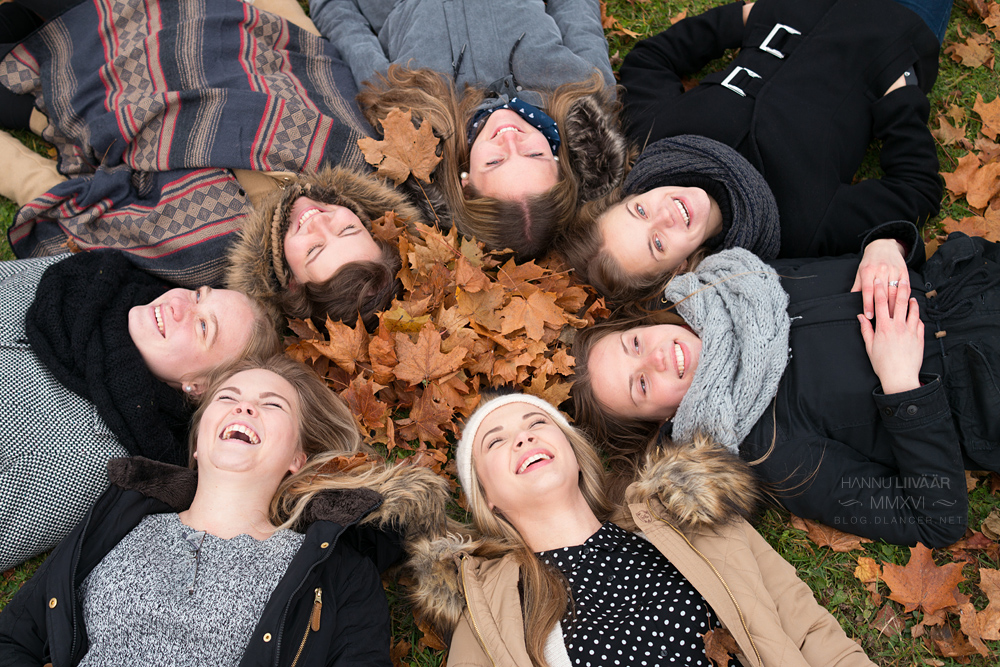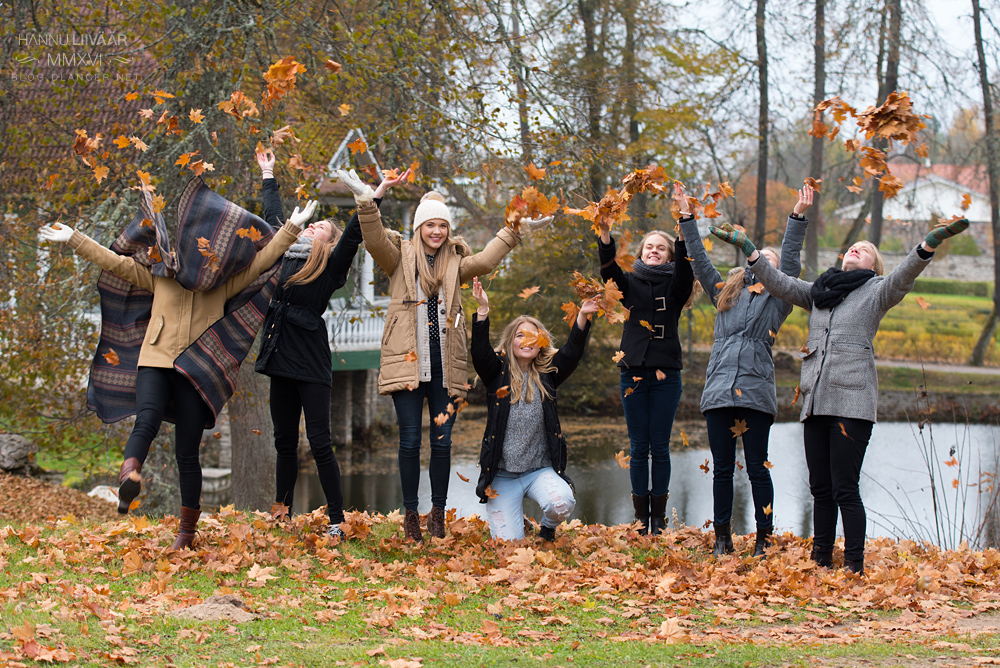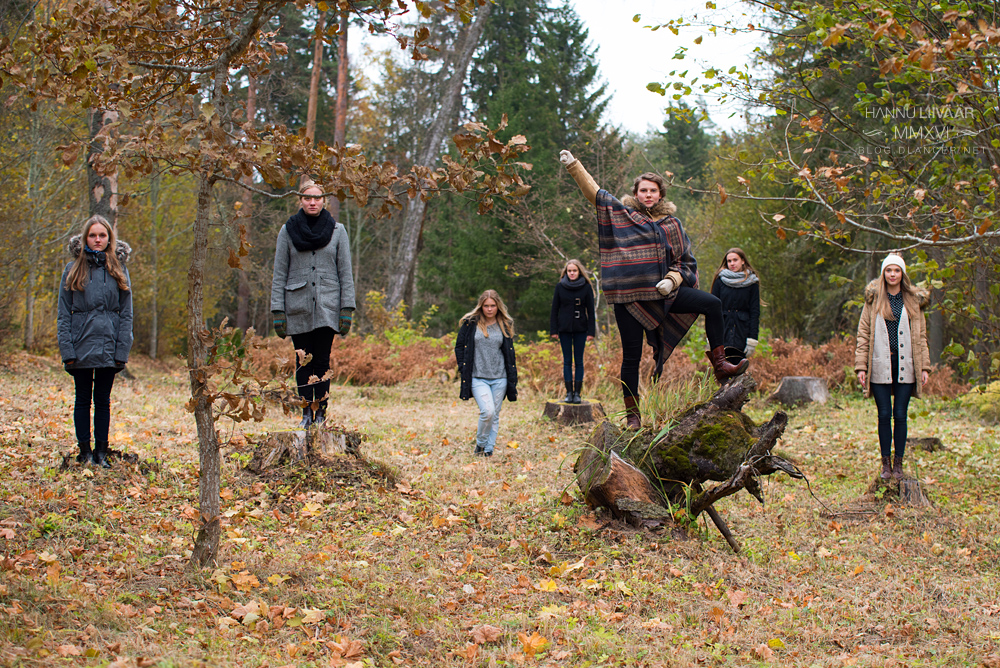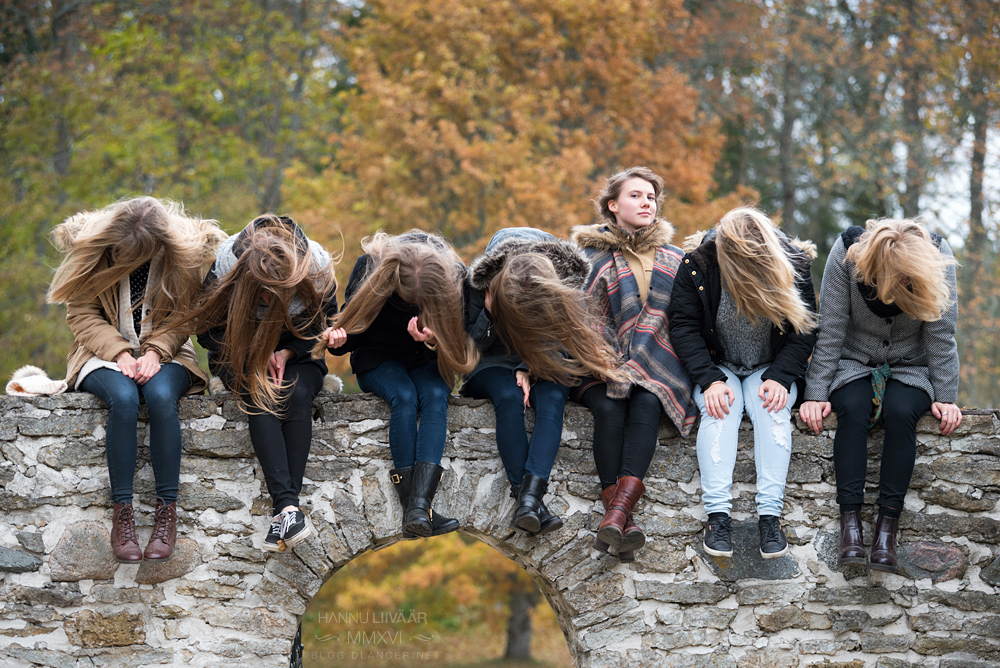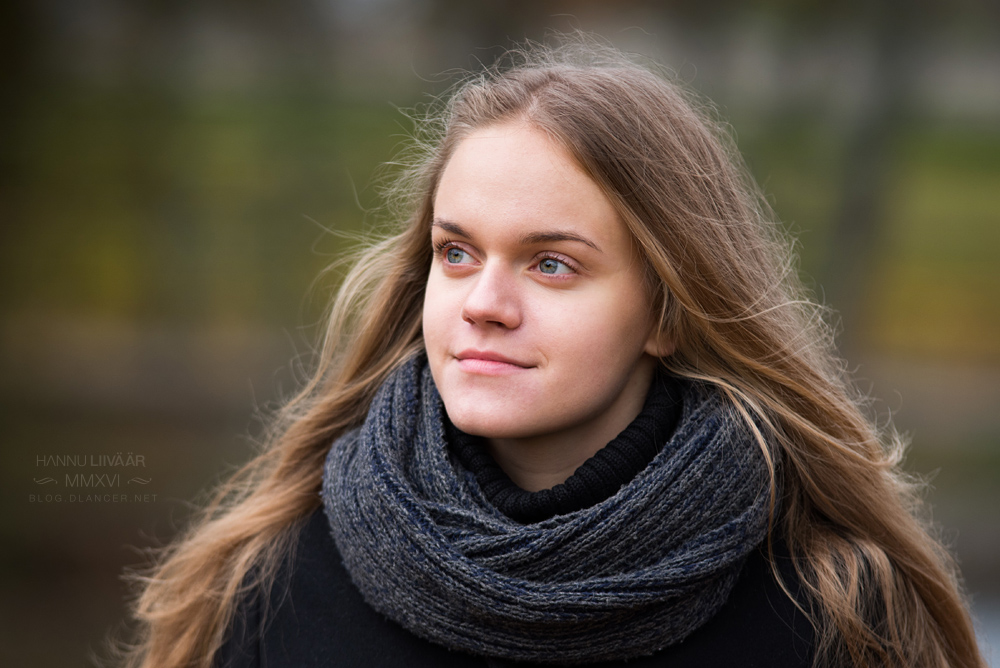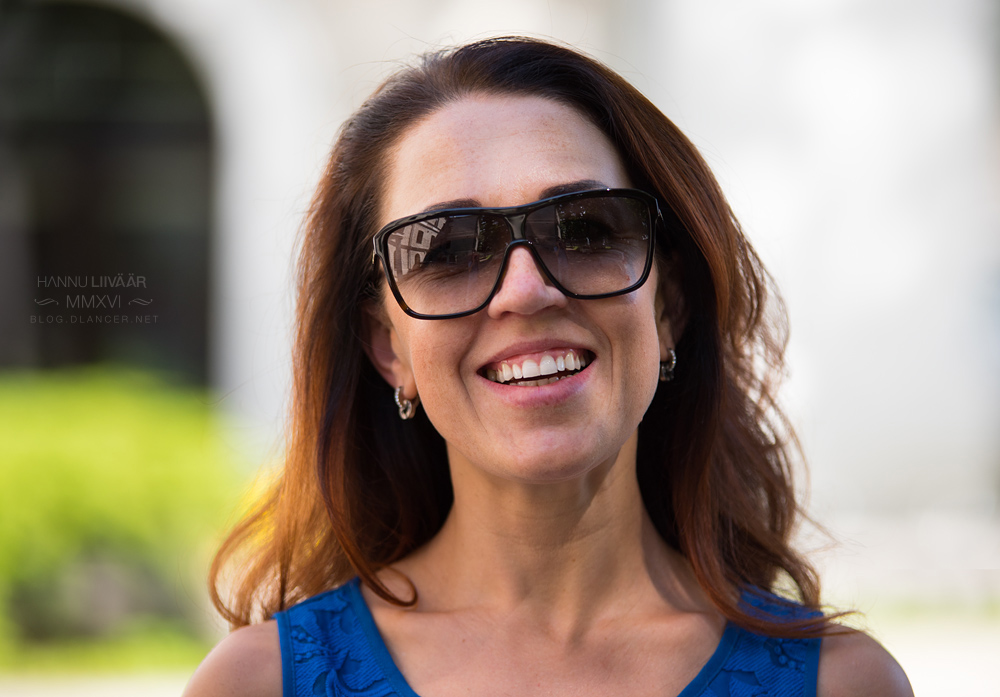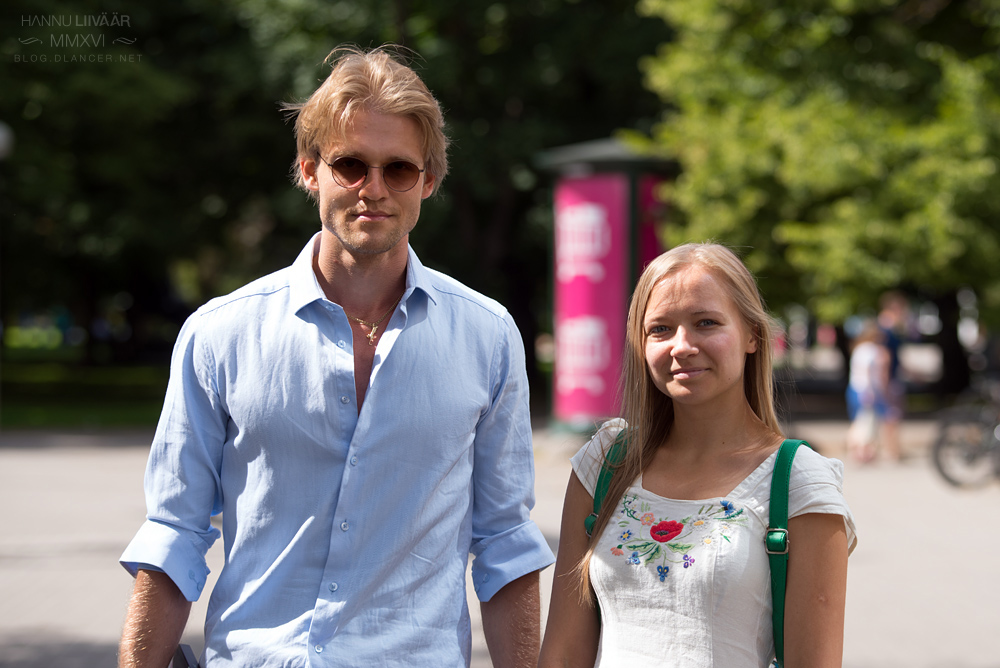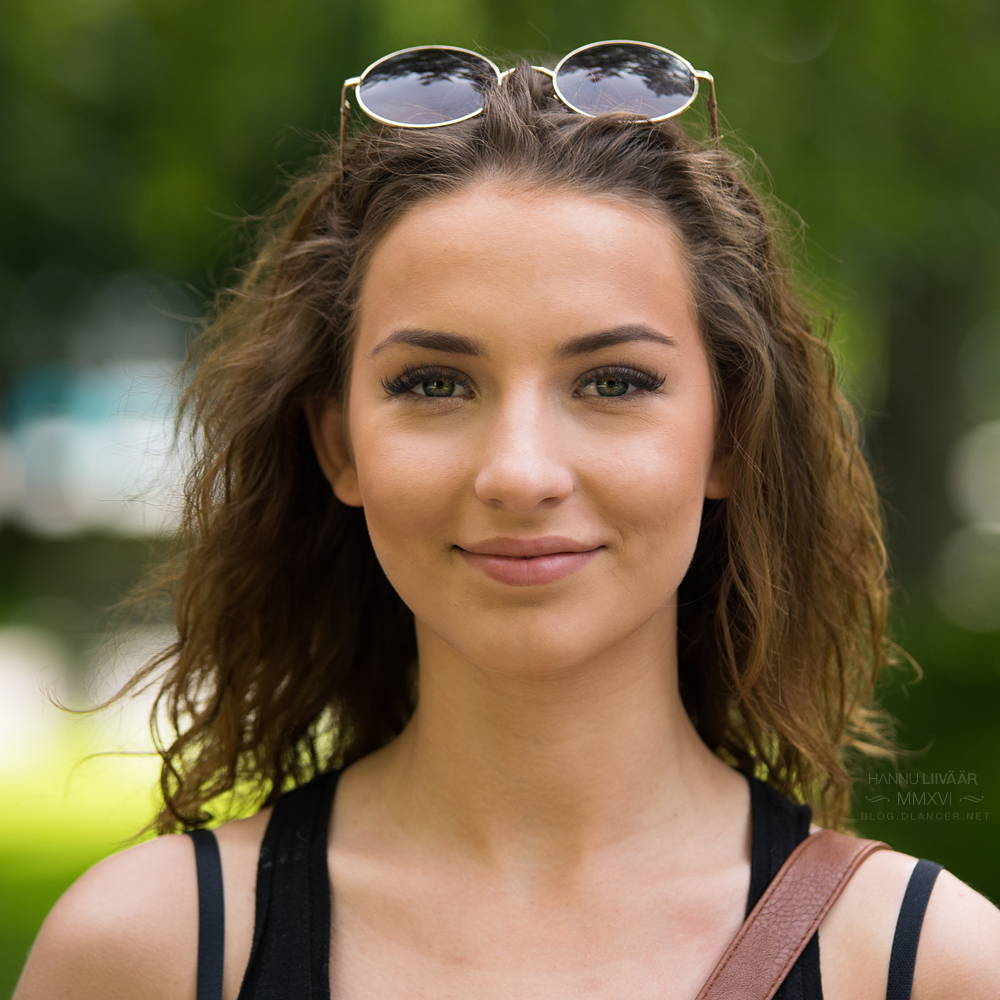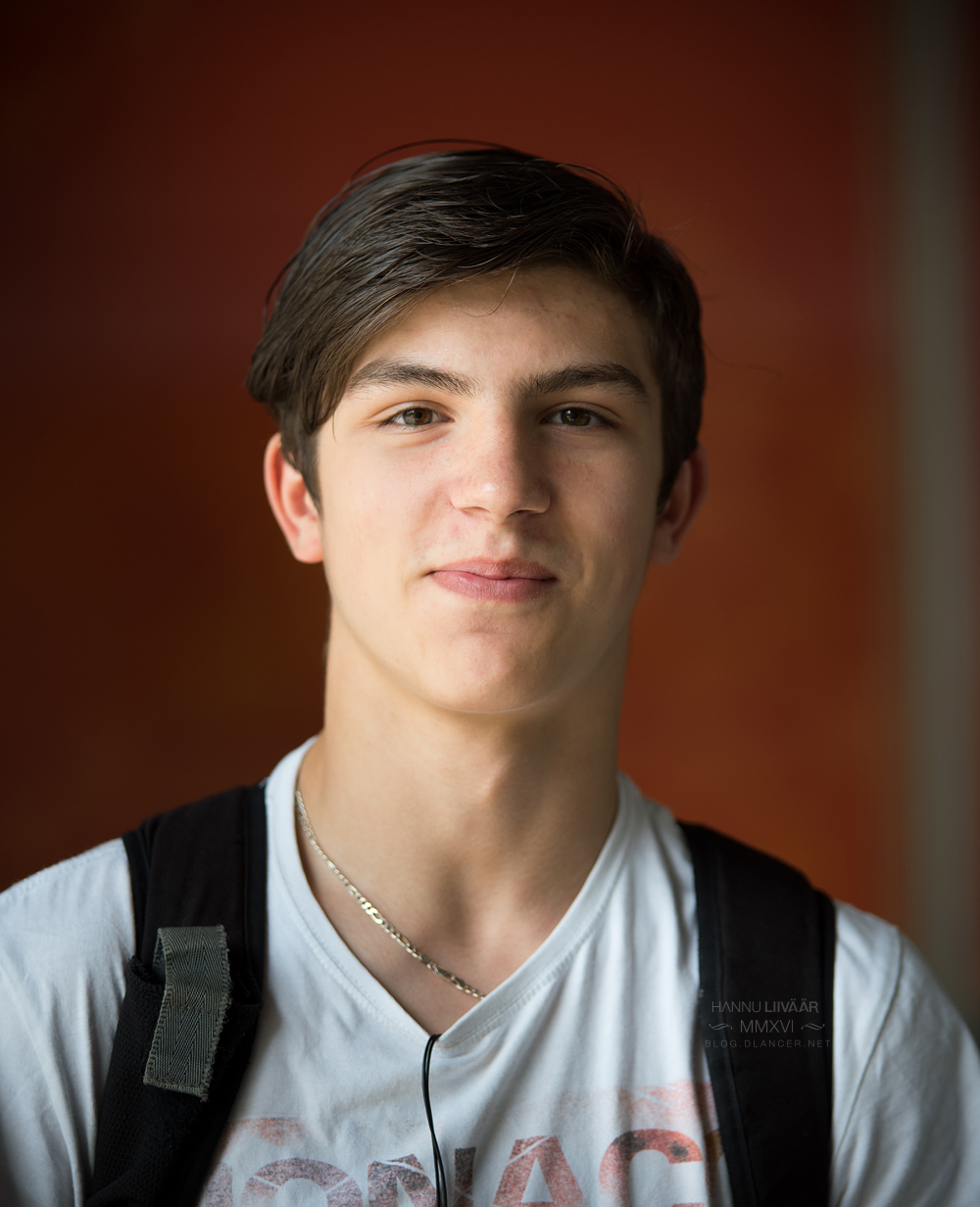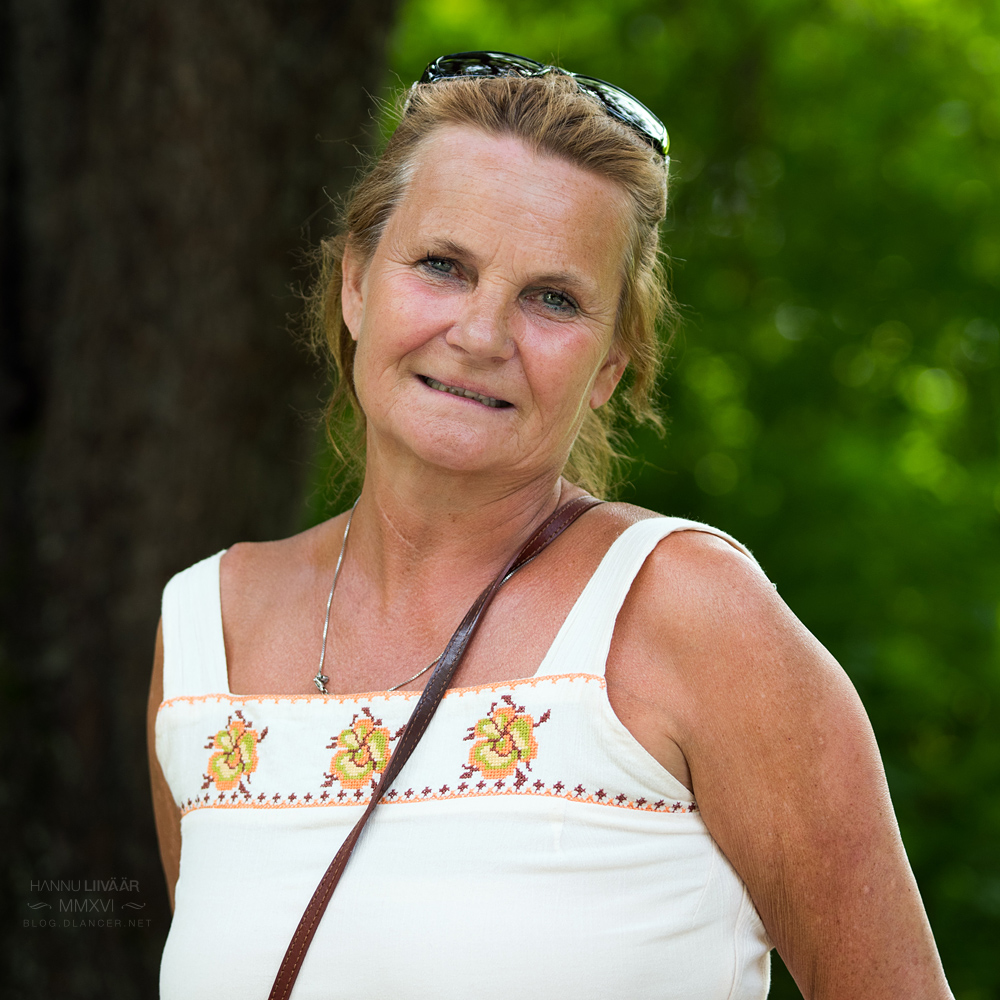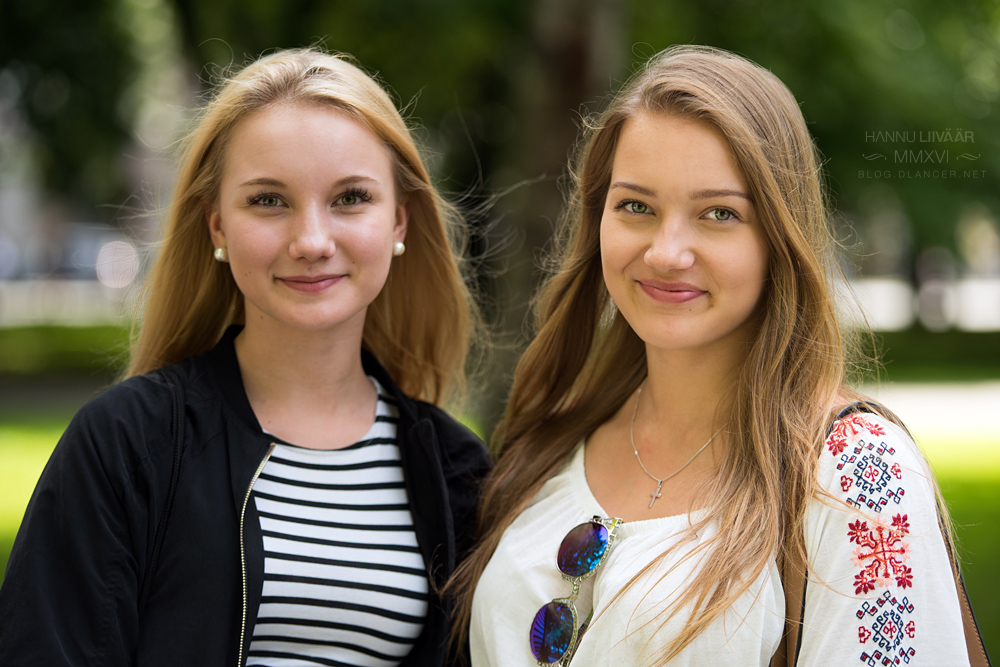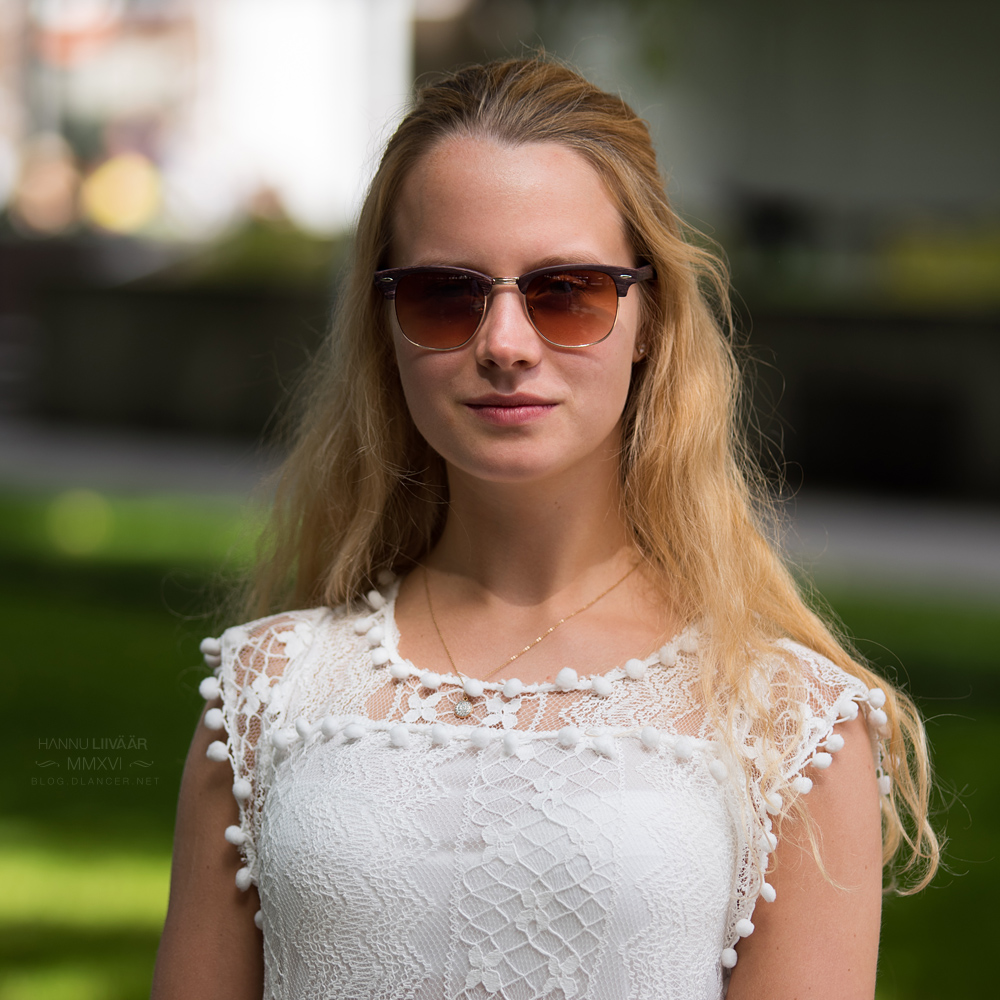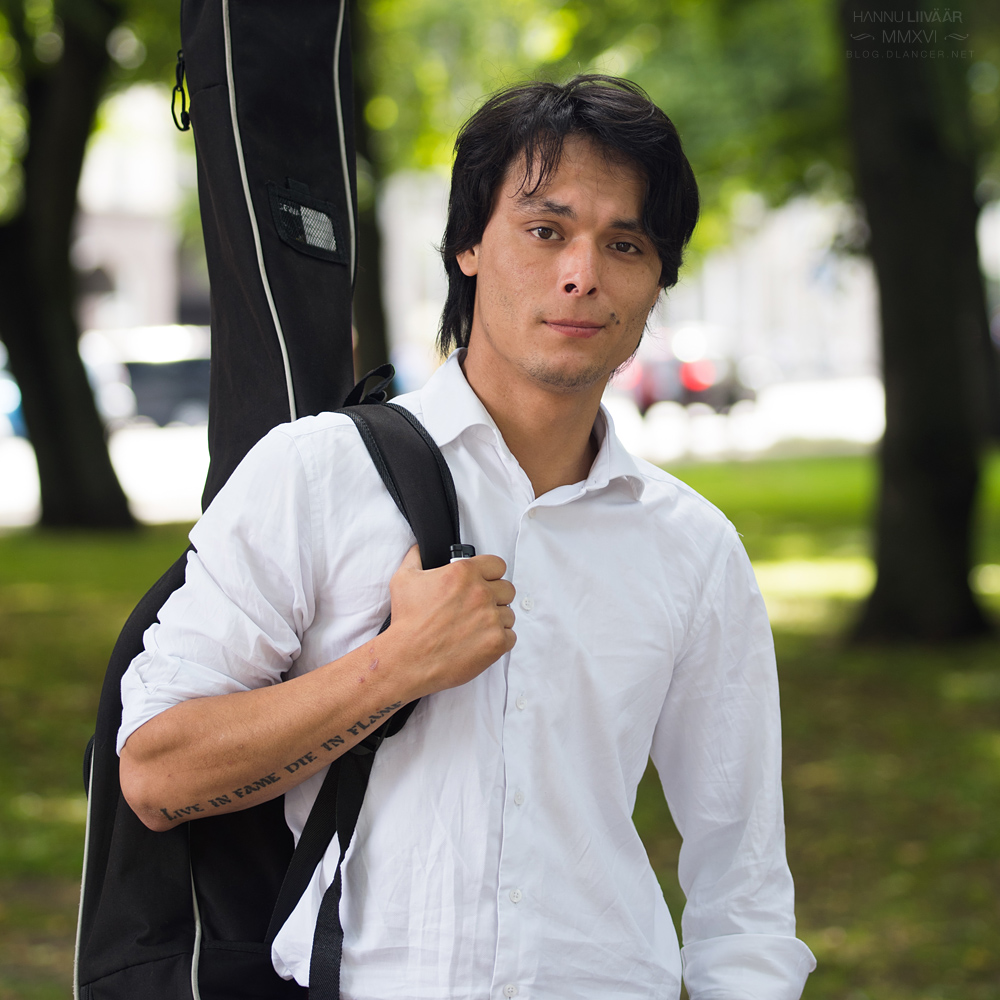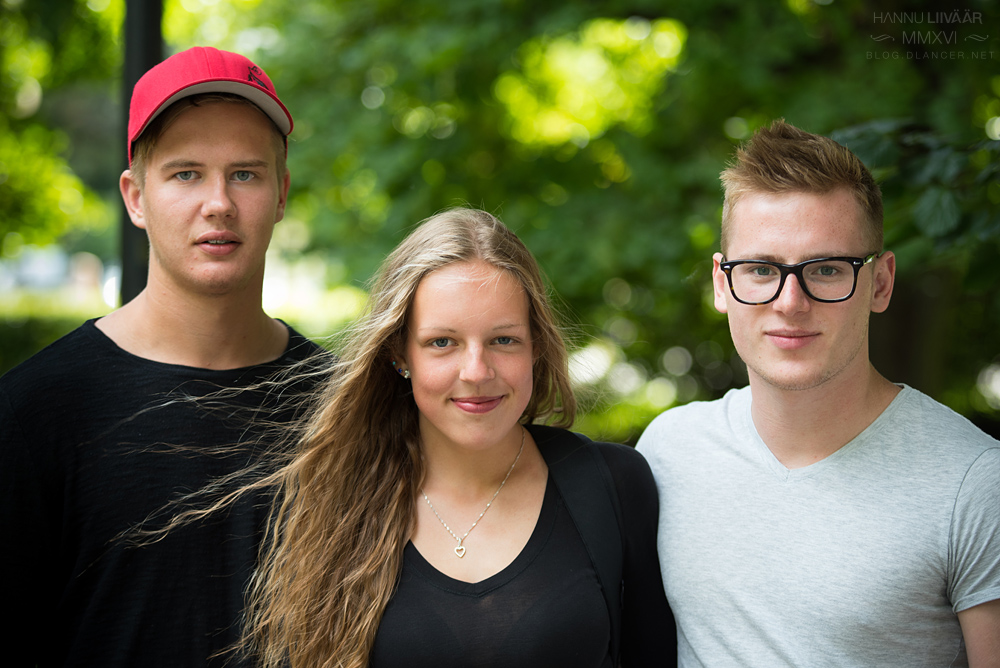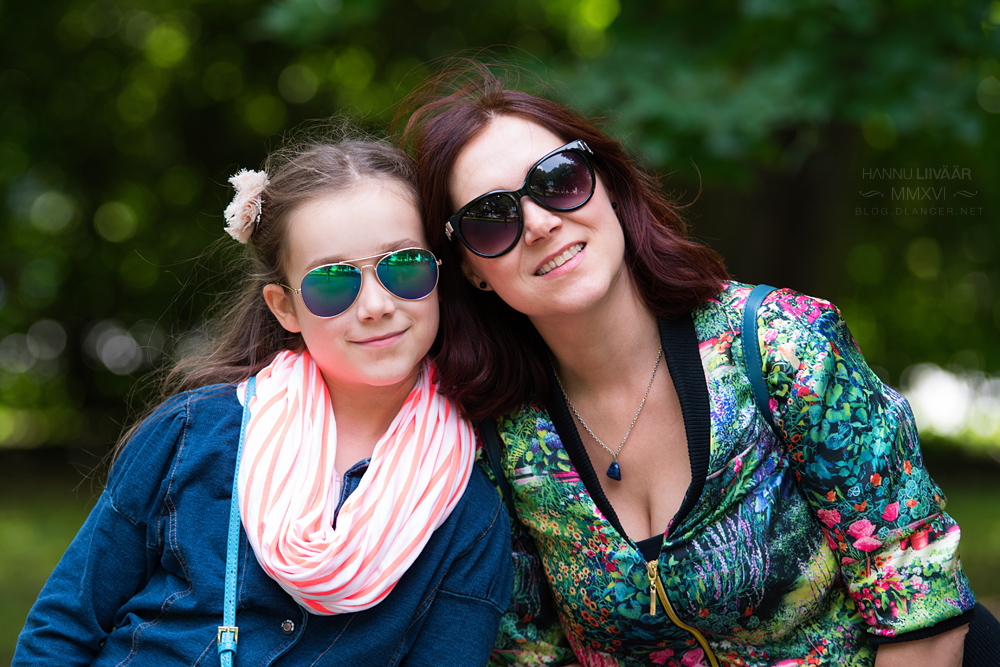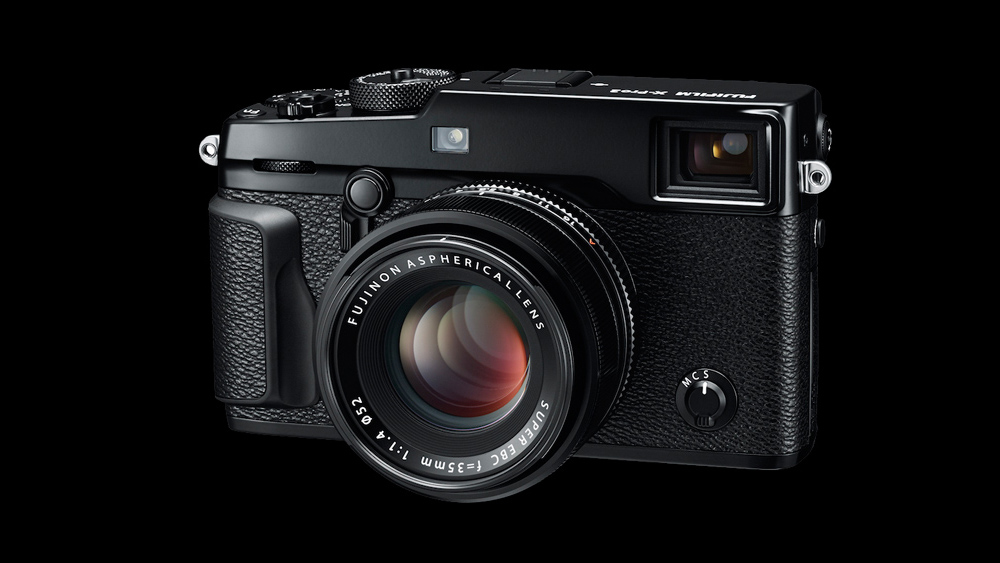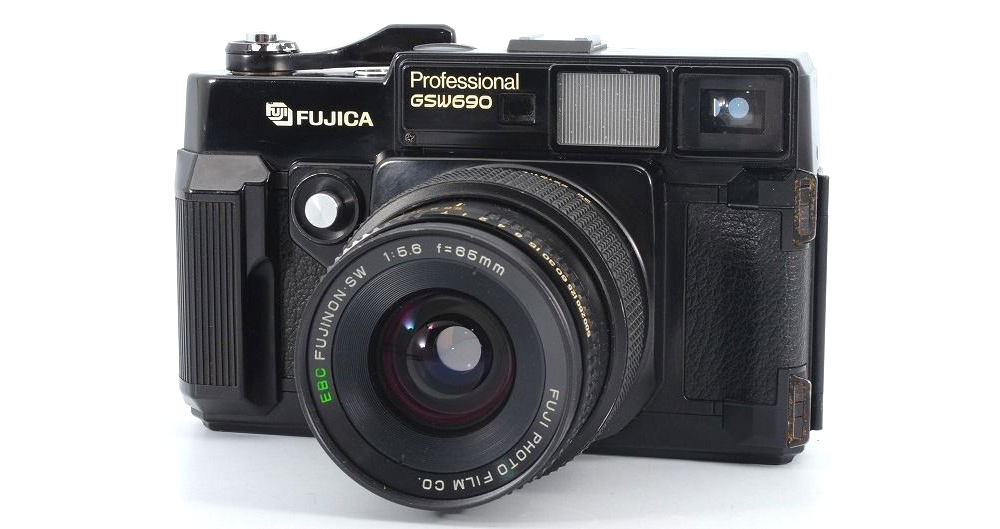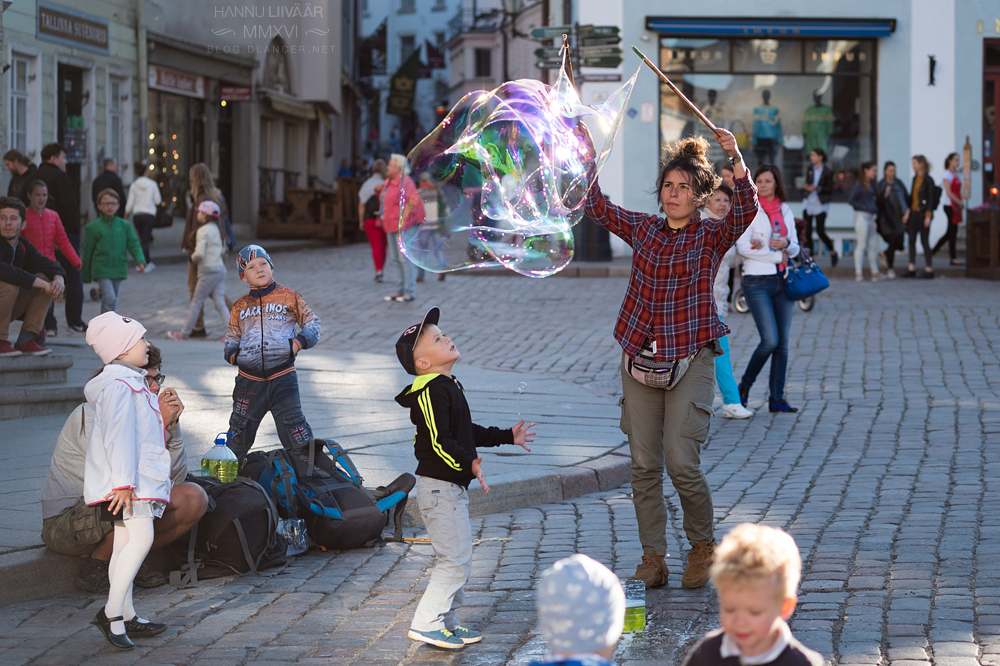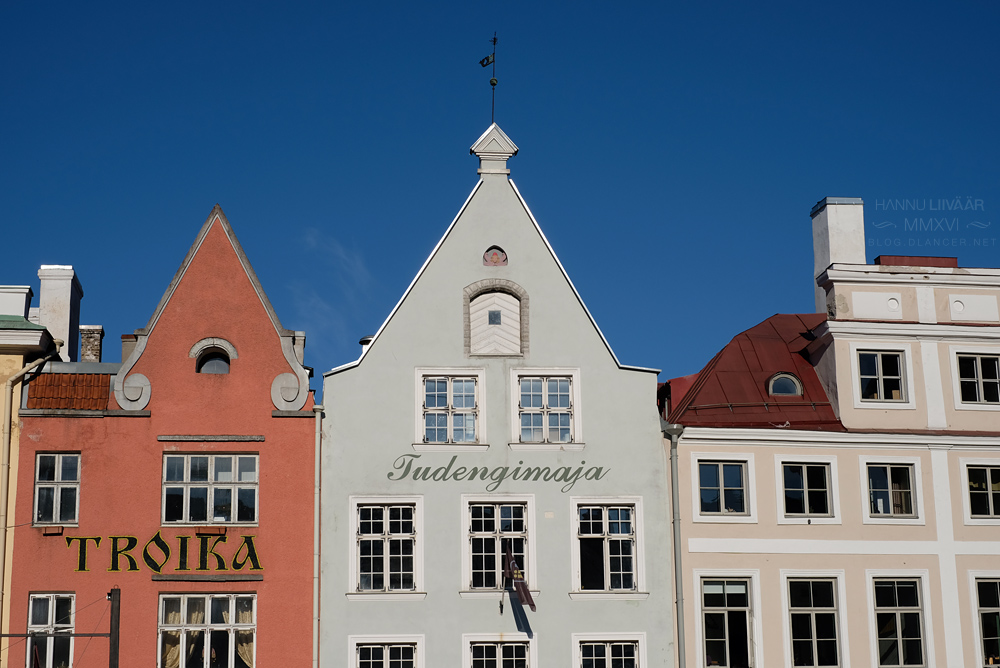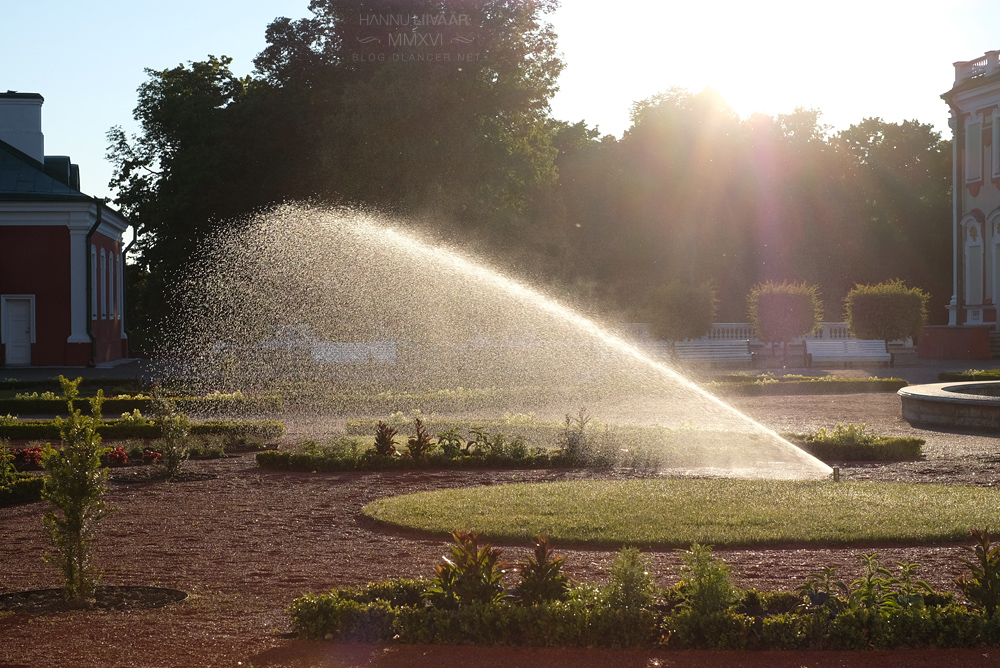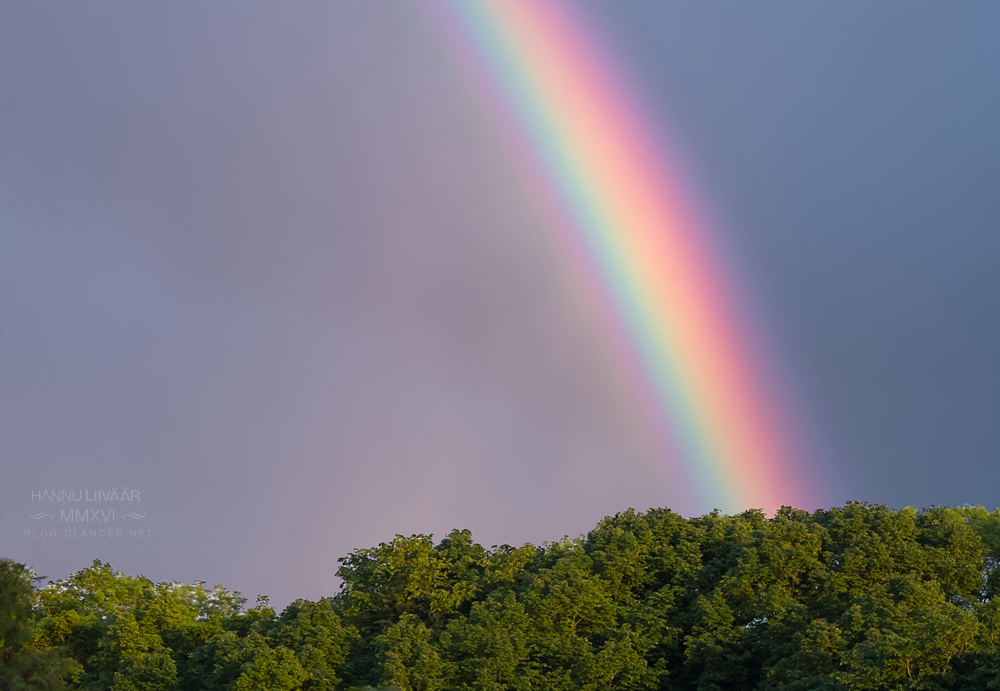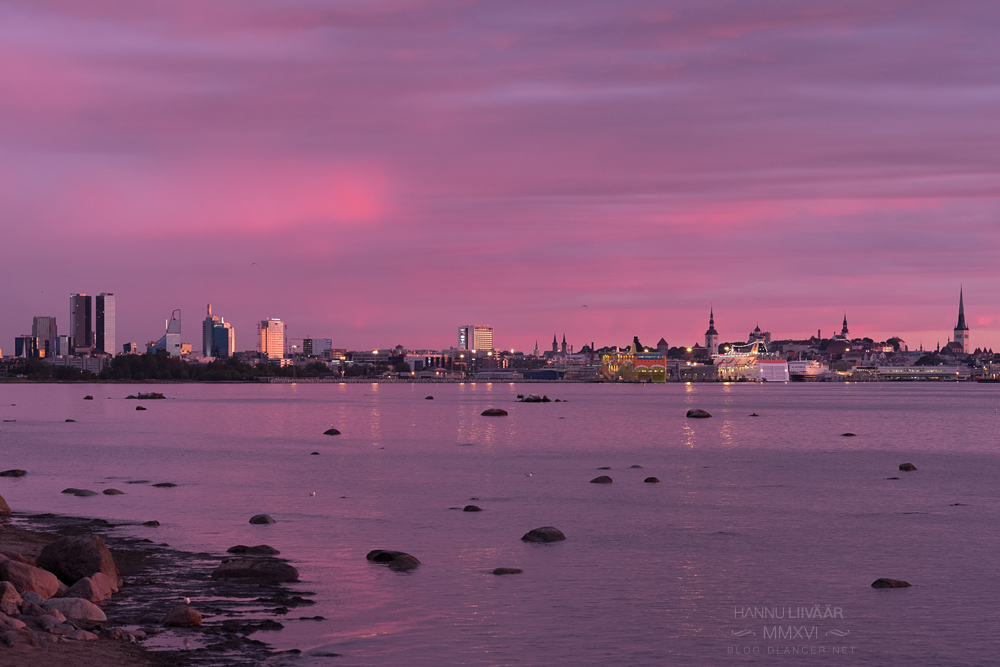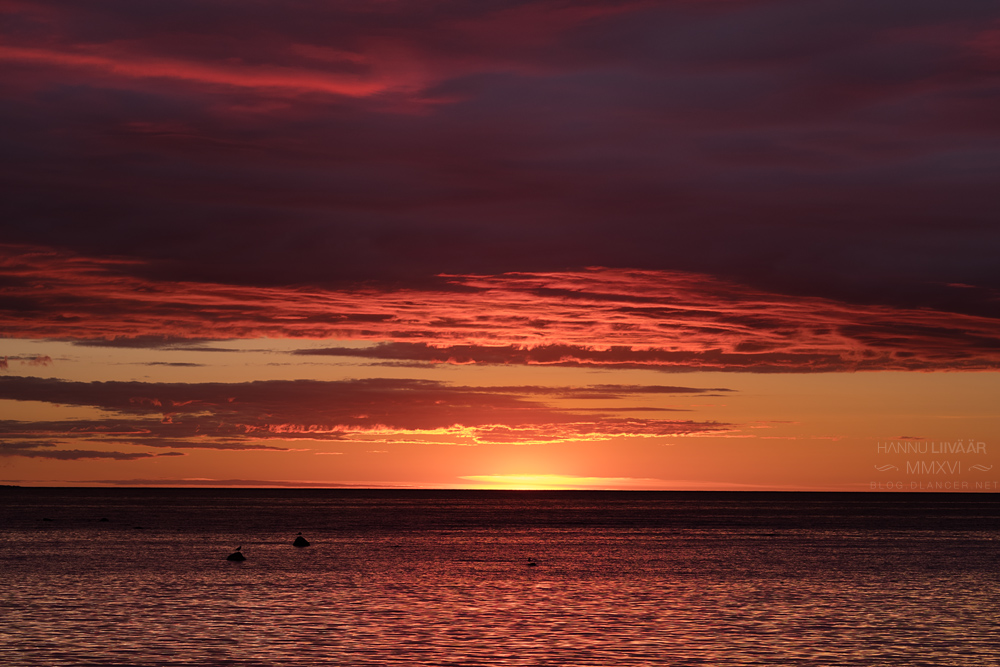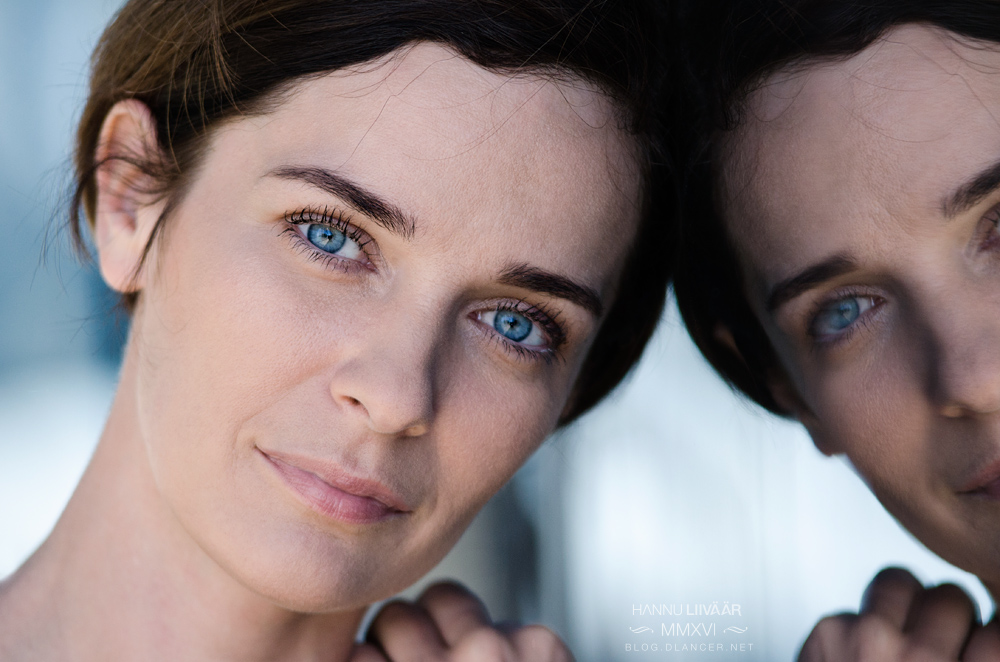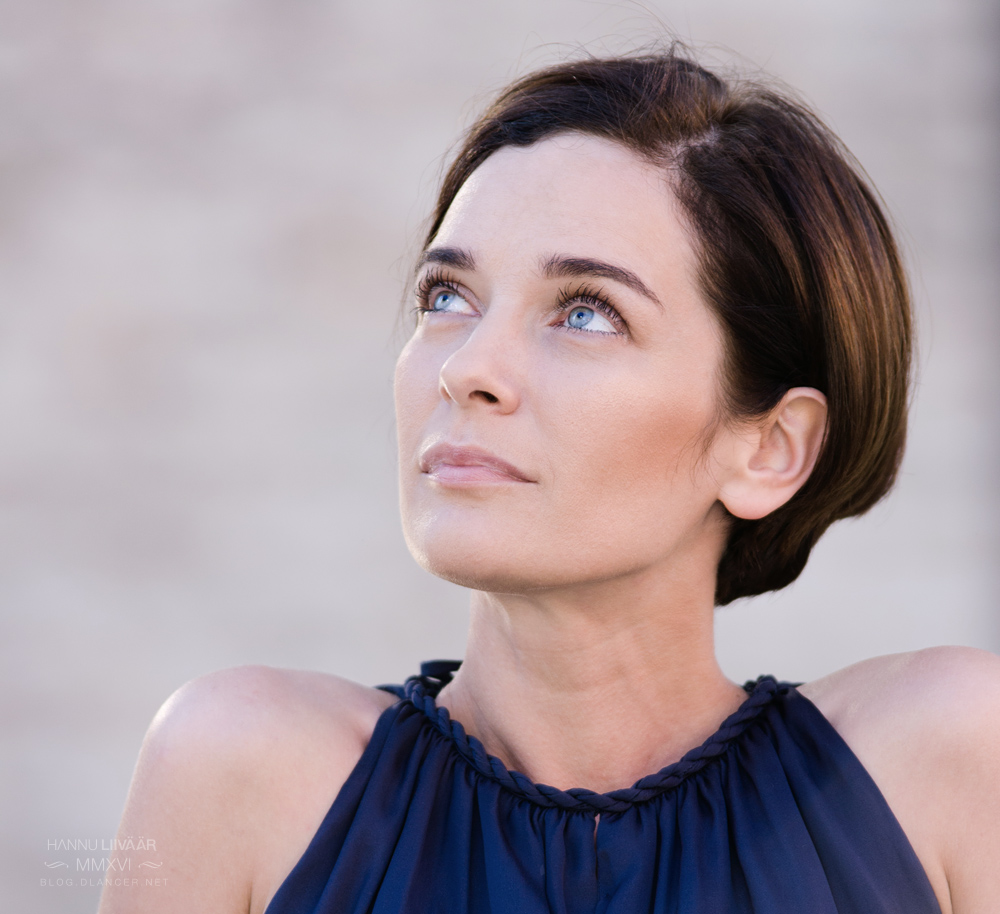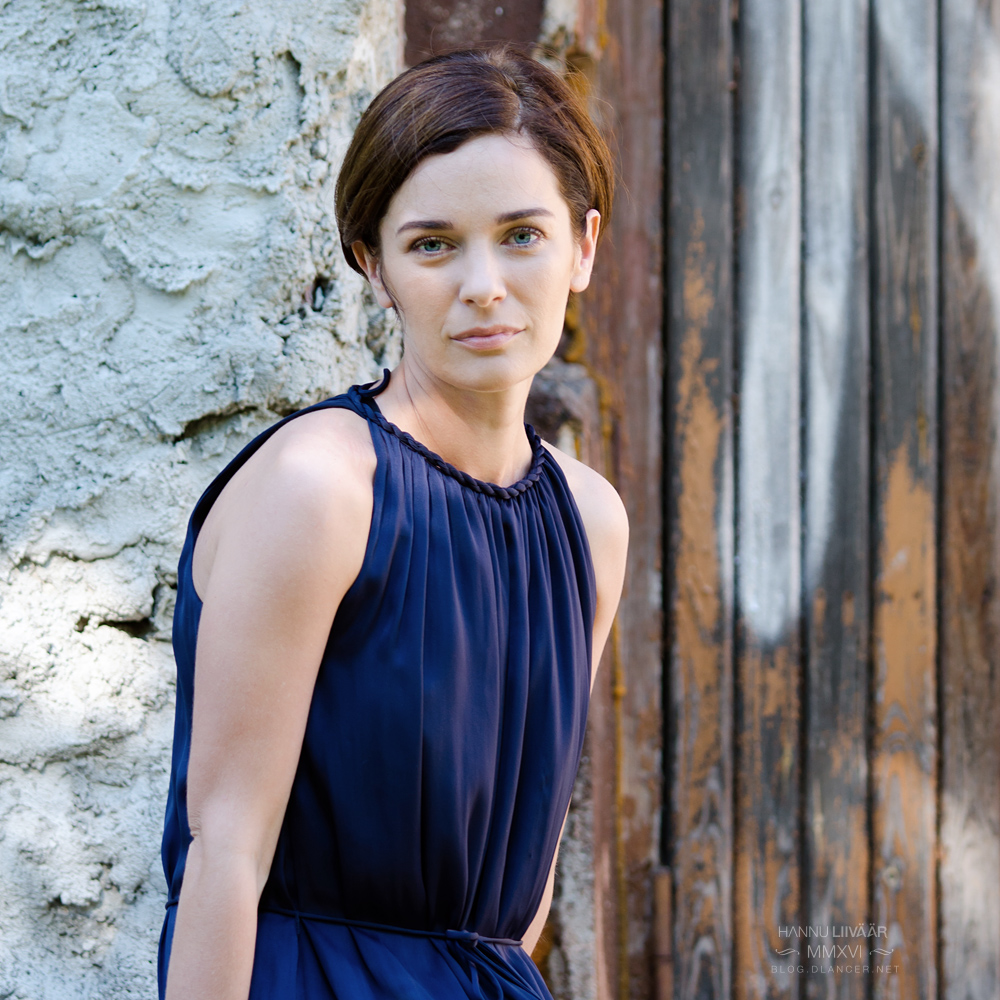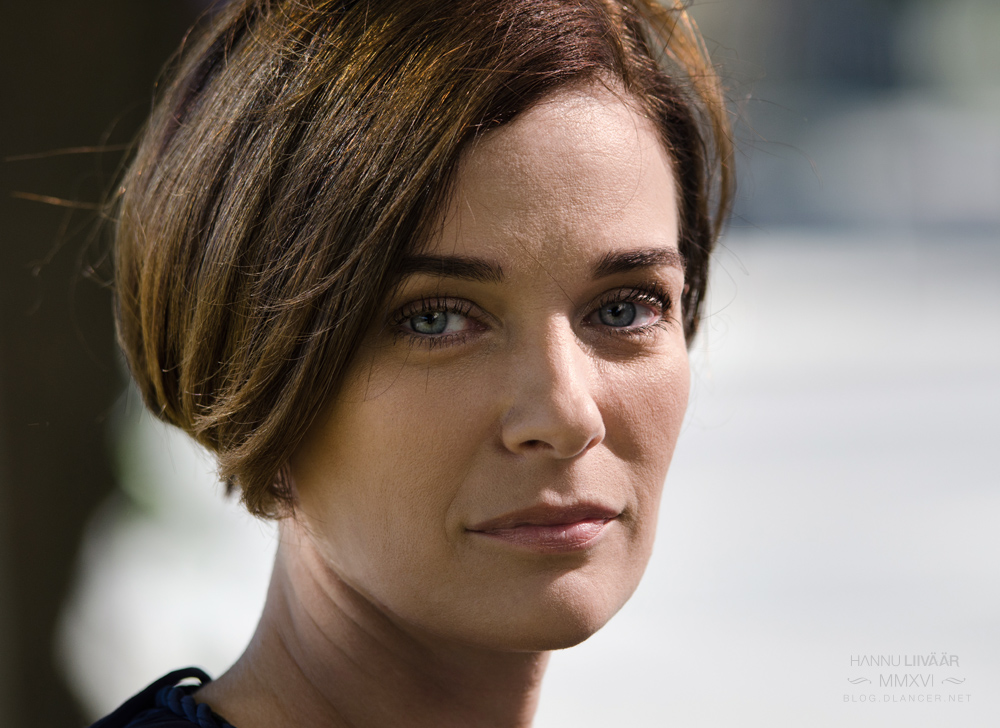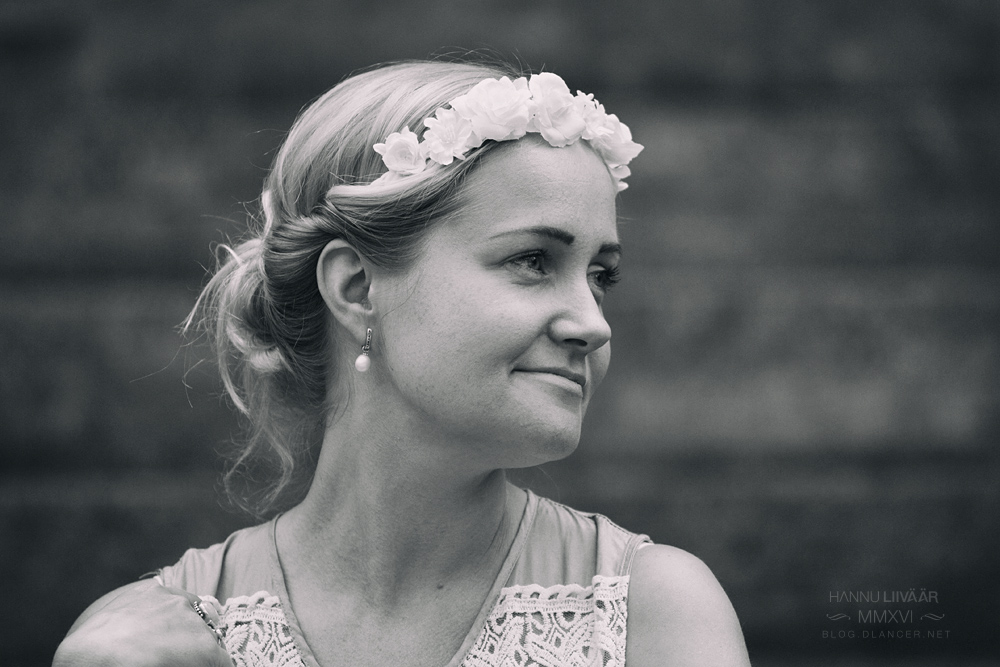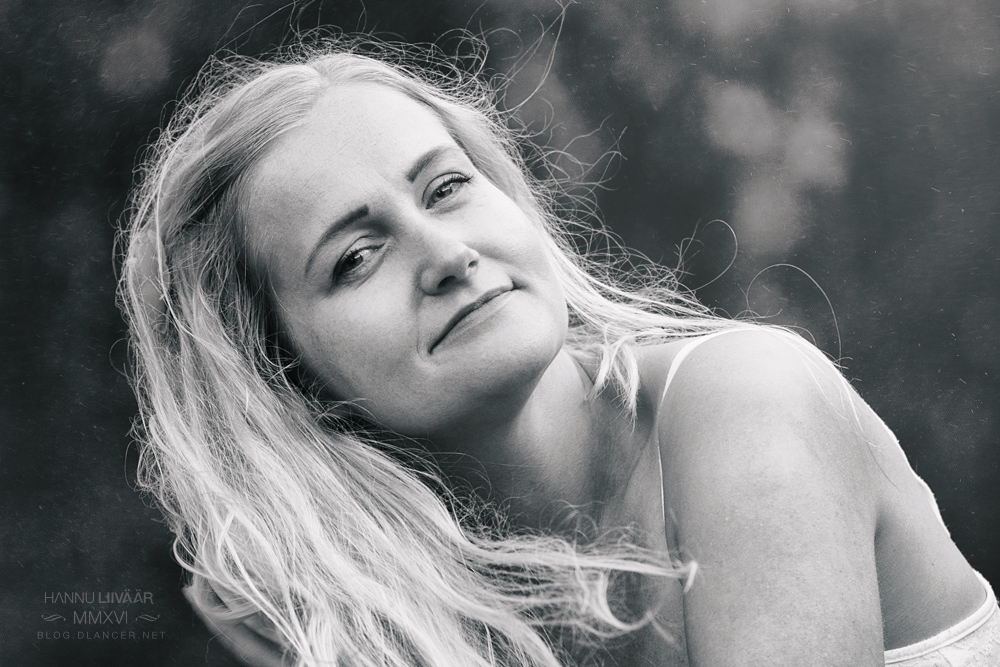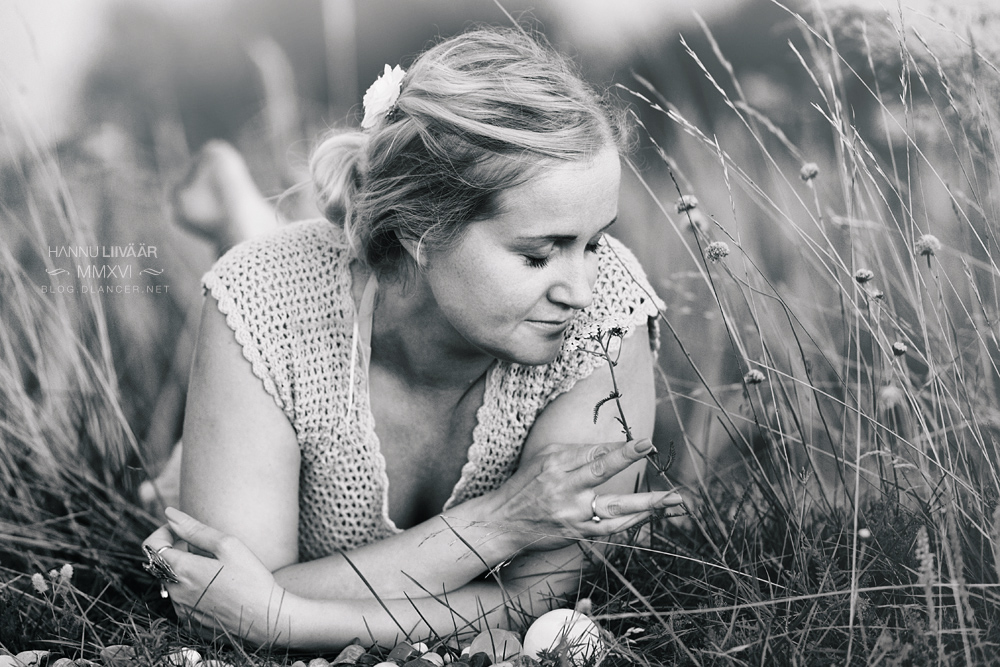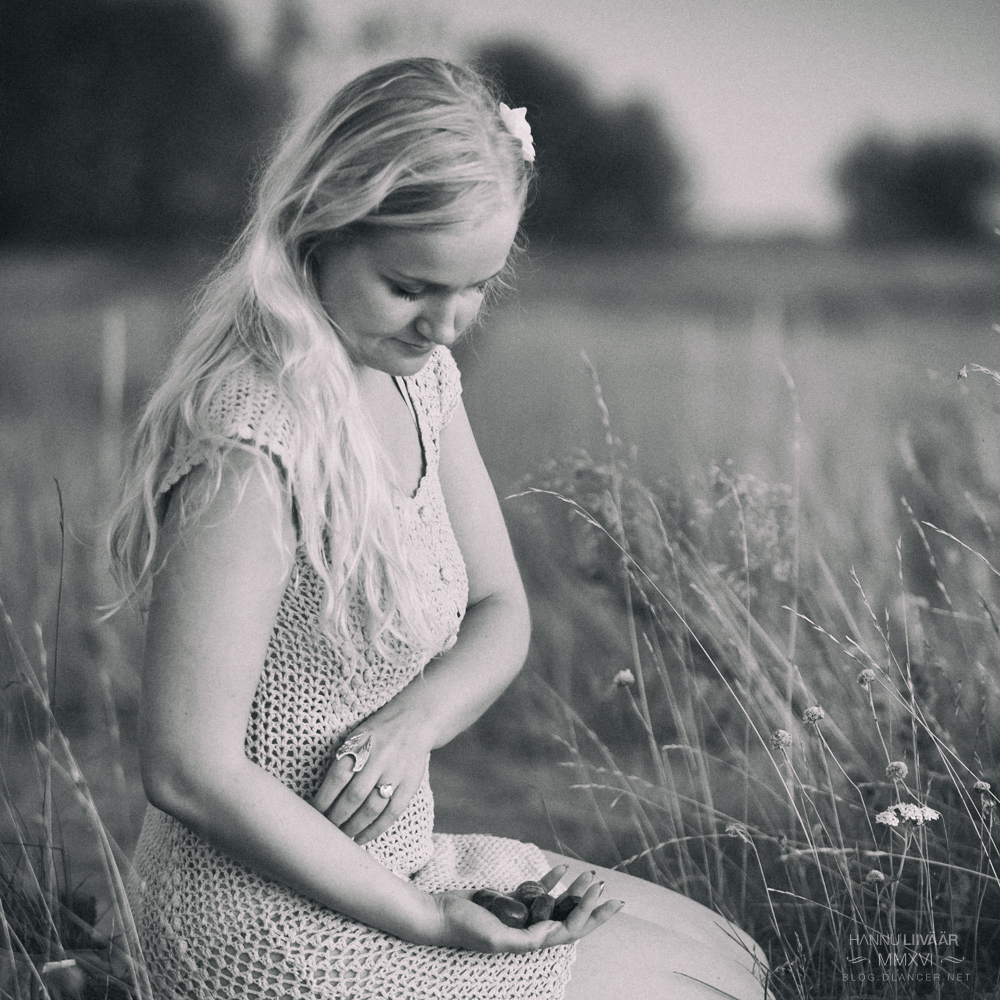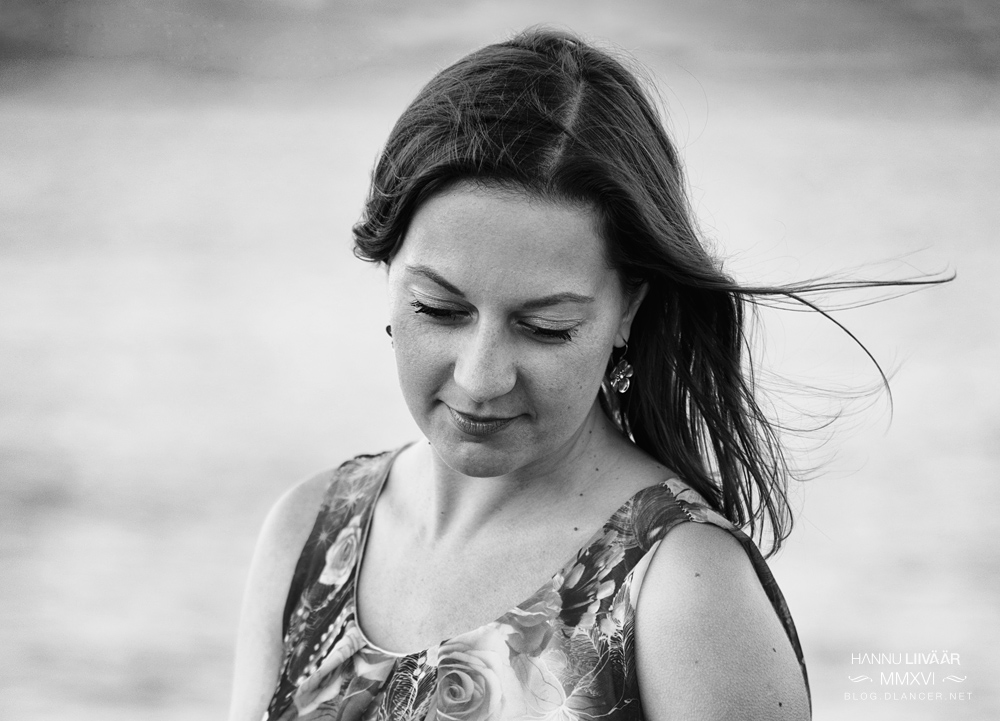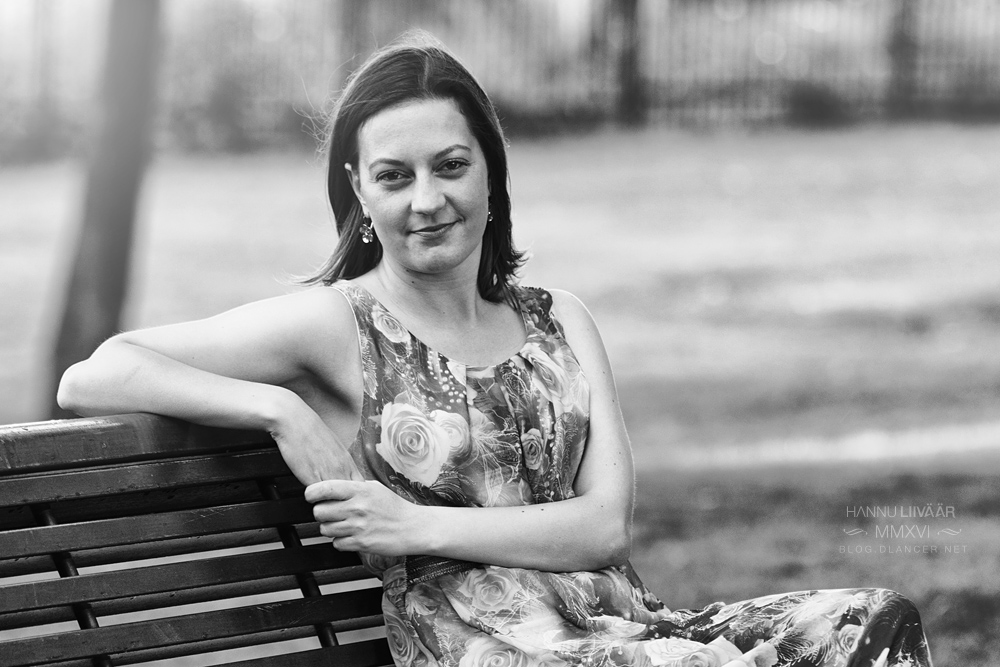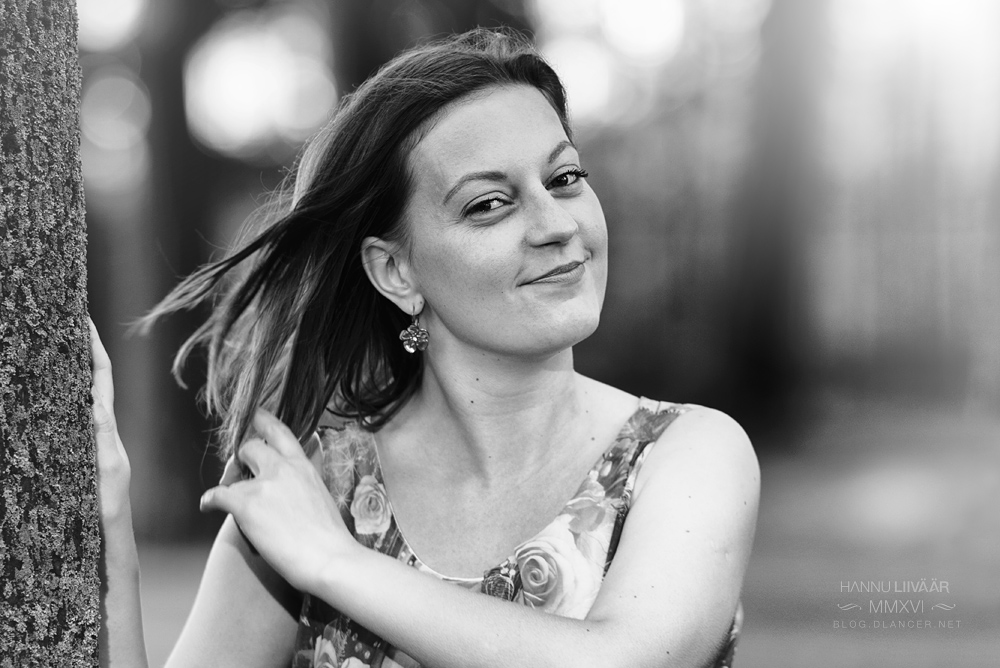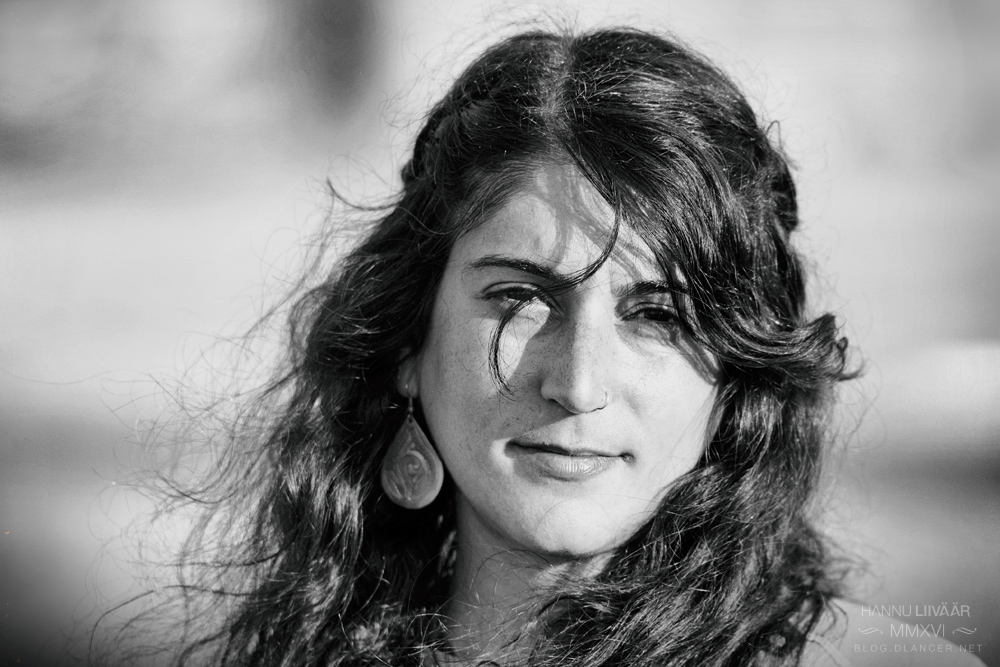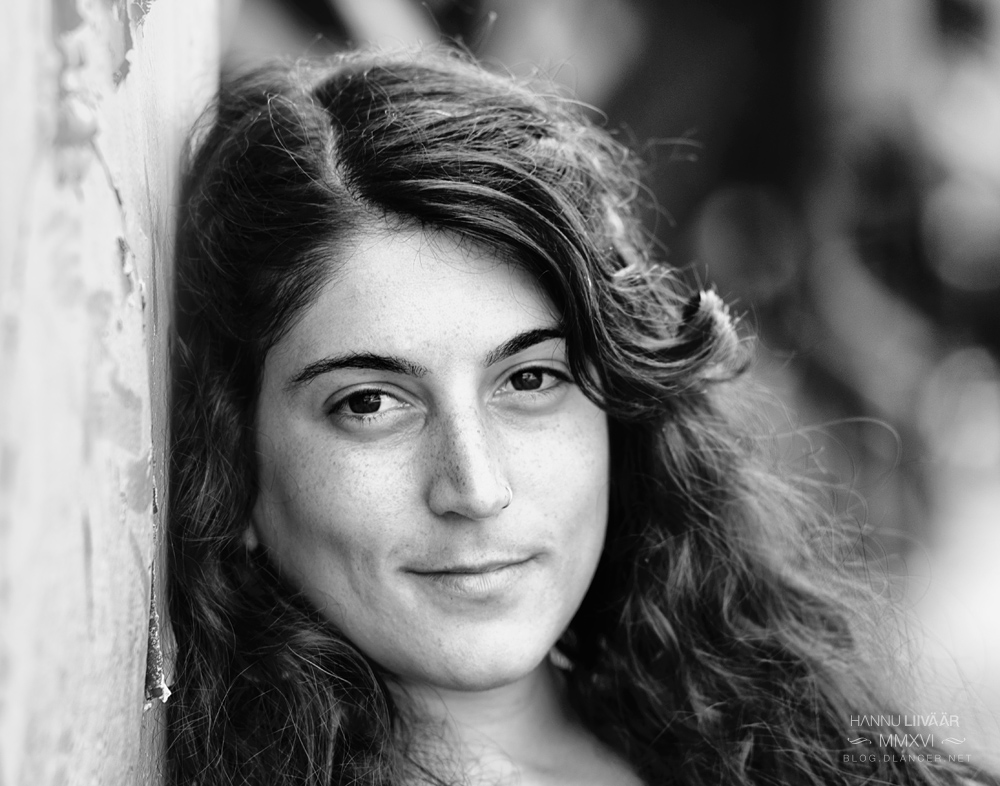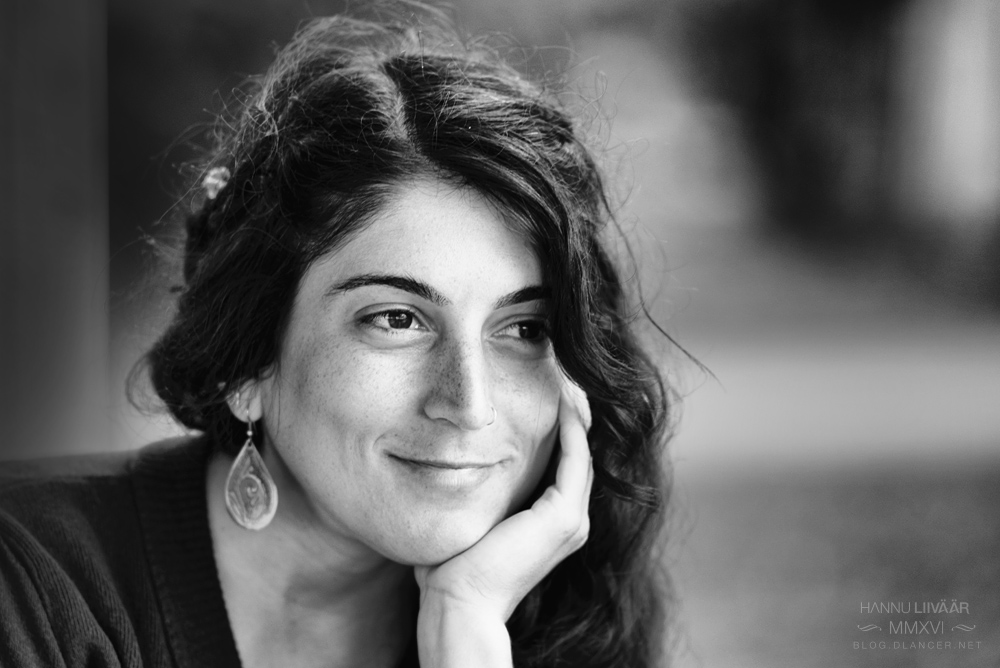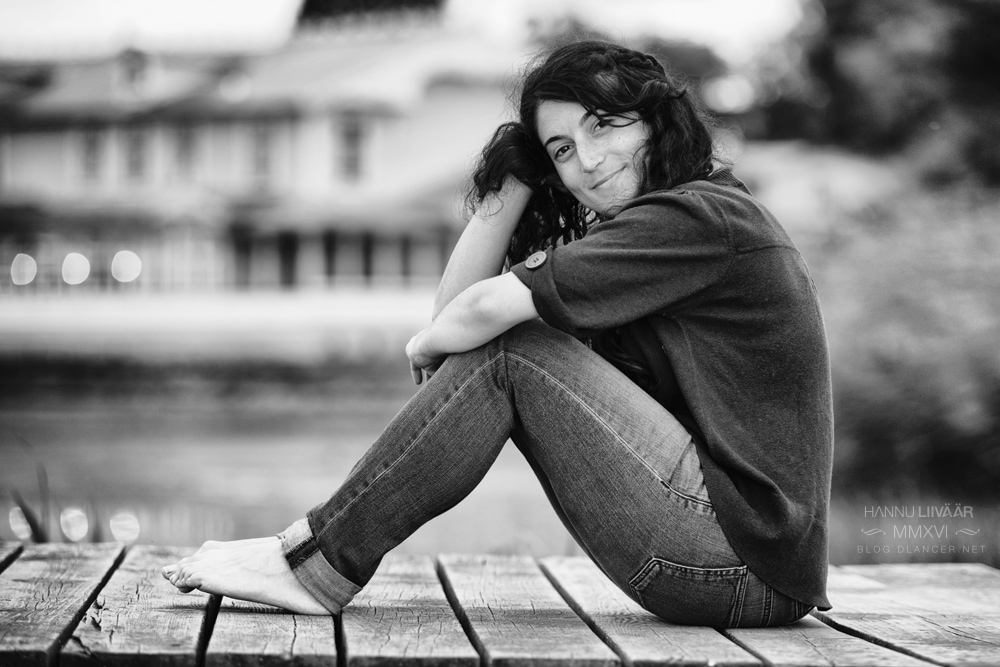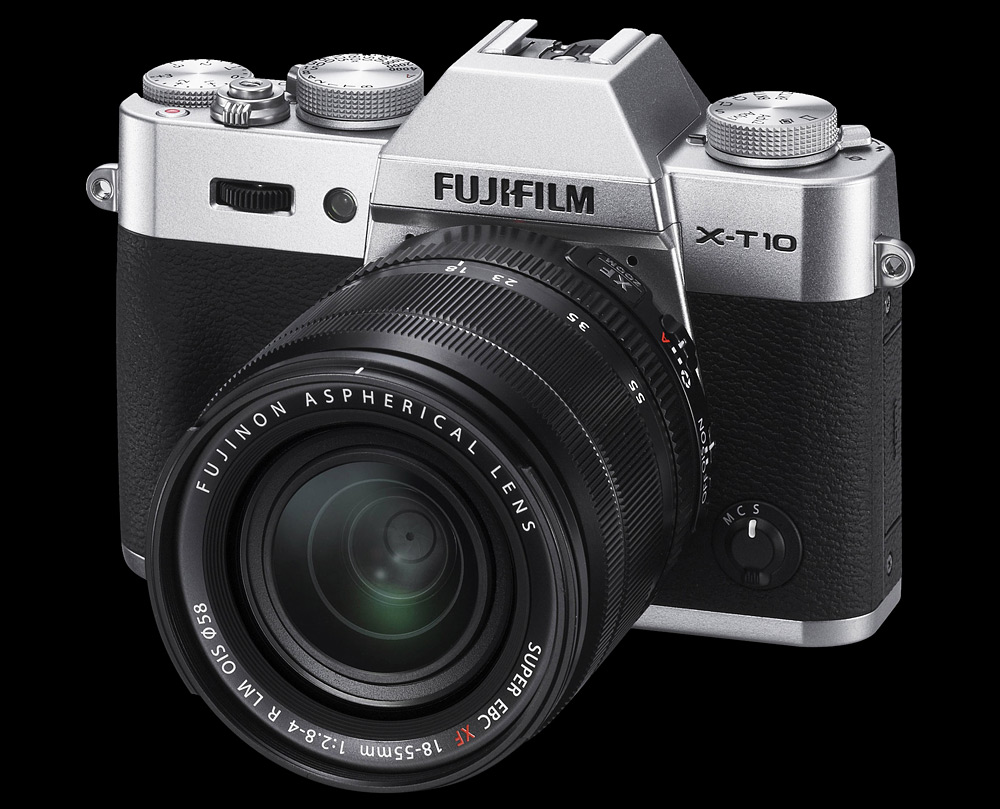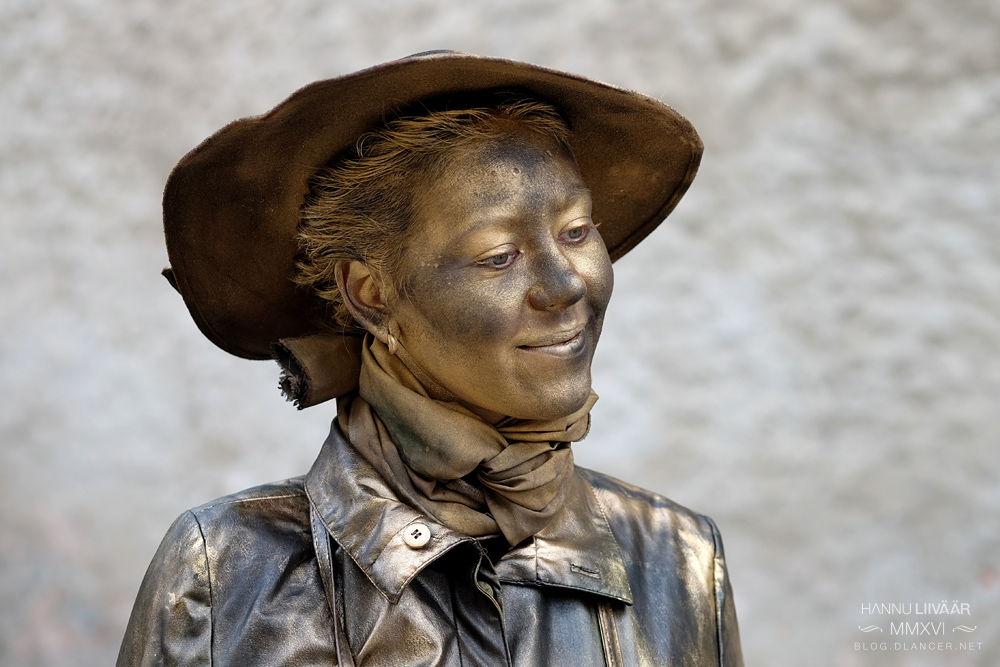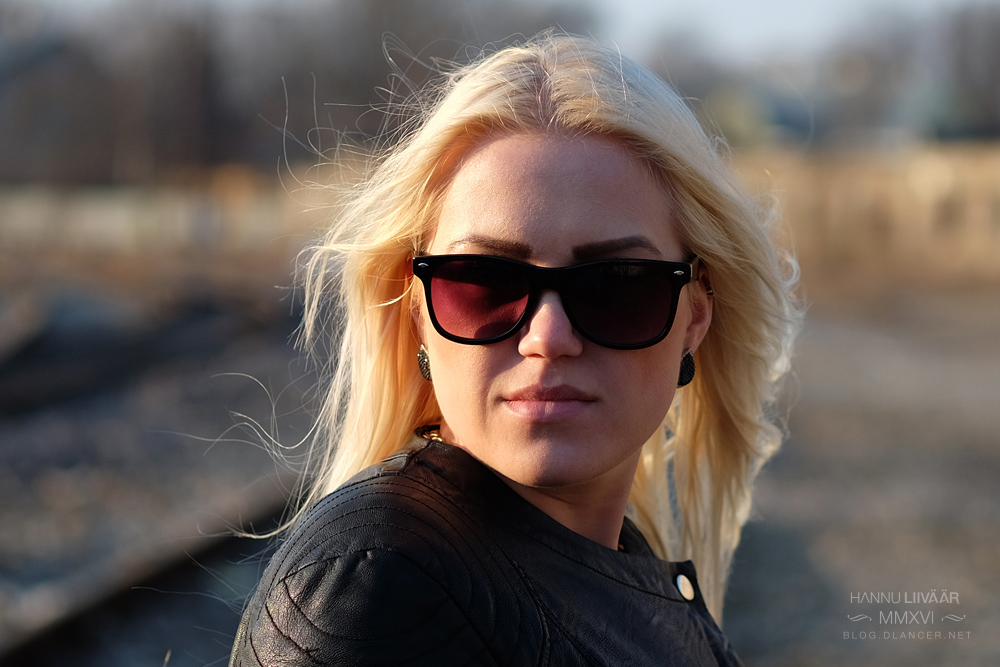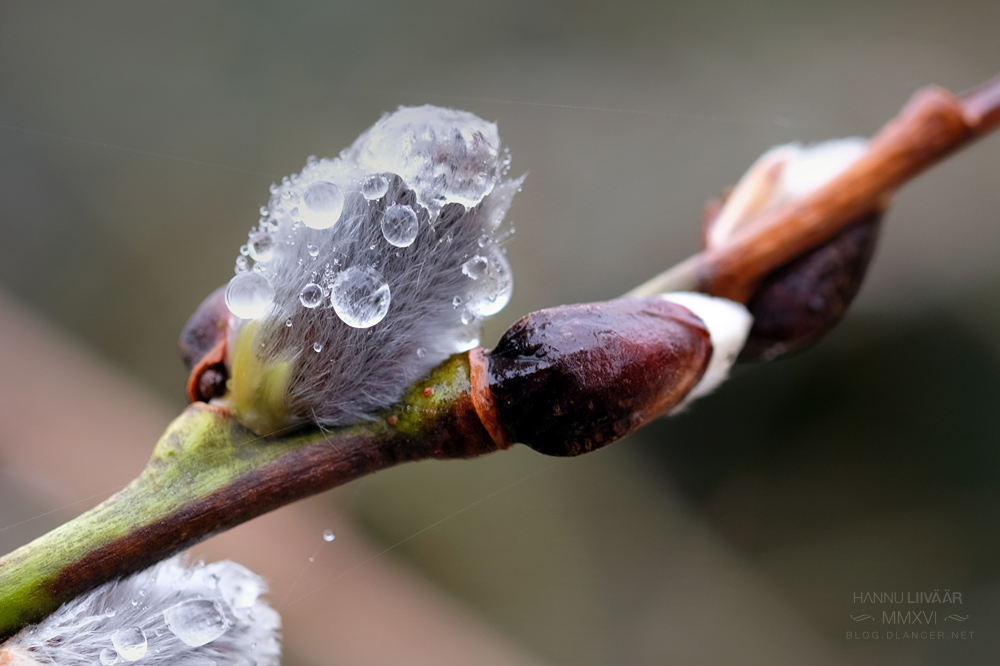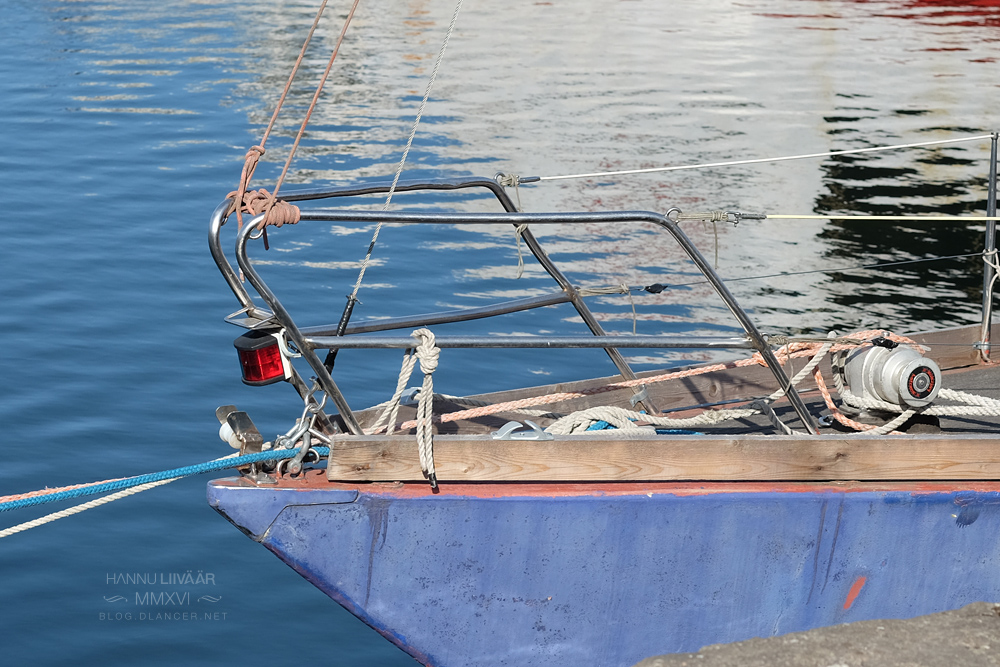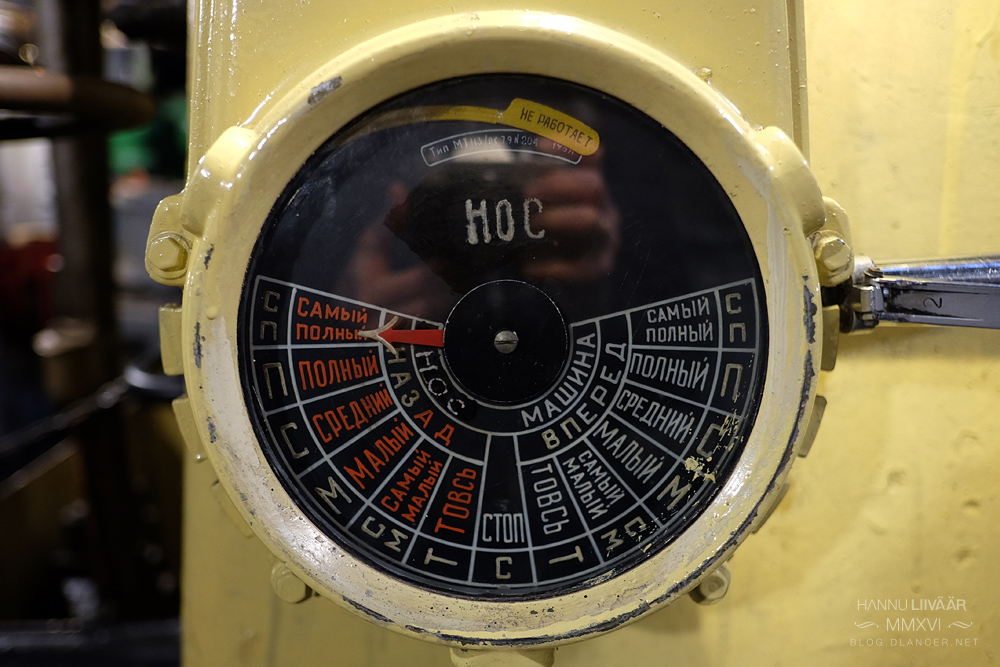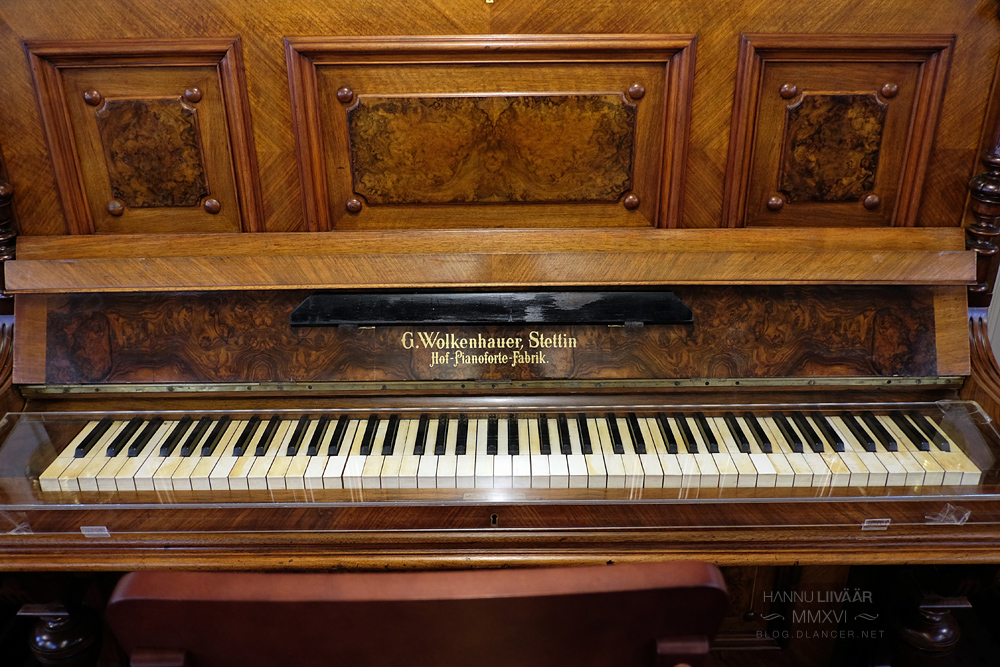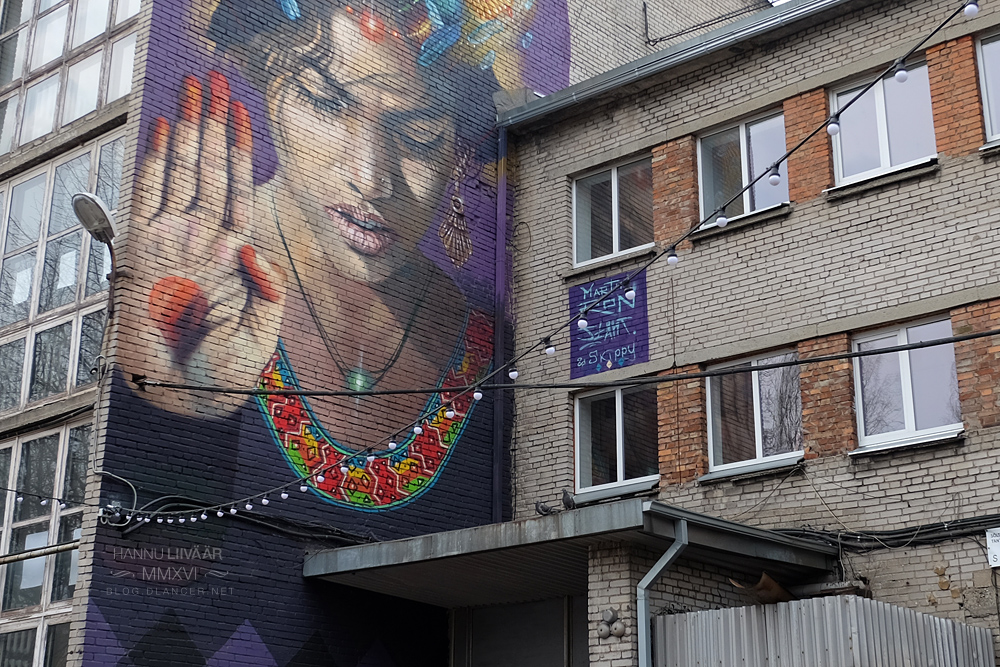Saturday, October 15, 2016
Sunday, October 02, 2016
"Hello, may I take photo of you?"
For a long time I have had no chance to take a day off walking at the streets and taking photos of people. So I took my camera one fine day at the summer and went out to see where's there's anyone I could take a nice portrait photo of. As it was boring to just take photos, I agreed to myself that whoever comes next I have to say hello and ask if I may take a photo of him/her. It was a great day, I met so many awesome people and the experience was just so fabulous I wouldn't hesitate to make something similar again. So let me share a couple of photos and stories/discussions.
It's a gambling to walk in the streets like a hunter thinking about who will be the next one you can take a photo of. At the end of the day you are pretty much capable to predict who is willing to be photographed who is not. Many of the people run way before you can say hello and explain what you want (to make it more simple I actually had signs in front and back of me saying I'm taking photos (for free) of people - this way I also wanted to attract people to come and check out what's the deal :-) ).
A nice African American woman was spending time in the Tammsaare Park and as she was the next person I met I again stopped and started: "Hello, my name is Hannu, I'm a photographer, today I'm out just taking photos randomly at the street, who ever passes by". She was very friendly and loved the idea, however she had a contract with her employer restraining that kind of activity, but we still had a nice and interesting conversation. And I think this is very important - just to stop for a minute, say hello to someone and have a short conversation about something.
There comes someone almost straight forward to me not even seeing I'm standing just in front of her - I was able to say hello just a second before we'd have collided. Me: "Hello, I'm taking photos today and..." She: "Sorry I'm busy right now, sorry".. Me: "It just takes a moment to take a photo, is there any chance?.." She: "Sorry I'm currently hunting for pokemons, I have no time"; Me: "It really just take a moment" She: "OK, just one photo". So there I was taking just one photo, but also the next one (for better focus) and then another one (with better light). Me: "Would you like to see the photo right away?" She: "OK". So she was looking at the photo and I was suggesting to step a couple of steps aside (even better light was available there). Finally we ended up with a nice ten minute intensive photo shoot - I defeated the pokemons this time.
There came a businessman with a nice suit and shiny shoes. Me: "Hello, I'd.." He: "No". Me: "Can I please explain.." He: "No, go away". Me: "I'd just like to.." He (rushing away quickly): "No, sorry.. I don't like anyone taking a photo of me.." and he was gone. Pretty tough guy. I later tried to take photos of several another businessmen - not a chance. Some people just didn't like it.
Walking on, there was a beautiful family just sitting next to me. I started my usual conversation explaining what I'd like to do. They were investigating about the proposal for a while, unfortunately the answer was a strict no, no matter how I tried. Basically they were afraid of that I put their photo to the internet even though I explained this is what I never do without a permission. I finally asked them may I take the photo for the sake of just taking a photo of a beautiful family - unfortunately not a chance - I didn't get the permission and had to walk on. I wished them the best and continued the walk - ready to ask for a photo from whoever comes next.
Suddenly my phone ringed with a friend calling. "Are you in a city?" She asked and of course I said yes, as I had announced I'm taking photos this day a day before via social media. "Great", she said, "See you in a moment". I was like "what?..", but in the next corner, there she was saying "Surpriiiiseee! And happy birthday! (it really was my birthday) And here is a cake for you and you can eat it here right away if you would like". Such a nice surprise! And as I was a bit hungry the cake was really welcome; so I said, please, do you have a minute - I have to take some photos of you as I promised myself. Fortunately she had some time, so I could finish my cake and take photos and everything was super perfect.
So walking on, in the next corner a mother with a baby passes by and I gently stopped and wanted to start a conversation: "Hello, I'm.." She: "Are you taking photos?" Me: "Yes, basically yes, I can explain.." She: "Great, would you like to take a photo of me as well?" Me: "Yes, indeed, I.." She: "Please take the photo already, no need to explain" So I took the photo and she quickly reviewed it through the camera screen and said: "Can you please take another one? I think the angle was not right.." So I took another photo.. and another. And another. She: "I just love being photographed". Me: "Oh, really?.." She: "Of course".. So I took several-several photos and was thinking by myself - what a weird world: sometimes people run away when they see you with a camera, but sometimes you even didn't have to ask..
I still managed to take a photo of a tough businessman though. Me: "Hello,.." He: "What do you want? You have five seconds to explain": I really quickly explained everything, I think within ten second or so. He: "I'm not too attractive to be in front of the camera" Me: "Well.. uh-oh.. well.." He: "What kind of camera are you using?" Me: "It is Nikon..." He: "A DX (half frame) or an FX (full frame)?" Me (feeling a bit too technical): "It should be full frame.." He: "OK, just one photo". So I could finally take the photo. He: "Can I please see the photo?" Me: "Sure" (was showing him the photo). He: "What was the F-number?.." Me: "Sorry?.. (didn't believe my ears). He: "The aperture. What was the aperture value?" Me: "F/3.5". He (after thinking for a while): "Please take another photo at F/2.8. The DOF should be better". Me (speechless) "OK.." And took another photo with the desired aperture set. At the next photo he was not happy about how the tie was tied. So another shot was needed. From here we took I think twenty or thirty photos each one towards to even more perfect photo. Finally he said: "I'm actually not happy with any of the photos. But if you can take the tie from this photo, emotion from this photo and background from this photo - then I believe we could have one pretty reasonable photo.." He said goodbye and started to go. I was asking if I may use his photo in my blog later when I write article about this day out in the city taking photos of people. "Of course not" he said - and gone he was..
The photos and the emotions here are of course in a random order. At the end of the day (some three or four hours waking) I believe I had said hello to about one hundred people and I think every third person agreed and found it was worth trying. Many people just didn't have time to stop for a minute. Many people just didn't want to talk with me (I swear I tried to be as nice and polite as possible). Many people even didn't say anything, just walked on telling with their body language they were not interested at all.
Many people agreed with to take the photo and though it was a great idea! I think this is most important and I think it is really worth again to make a similar event in the future, soon. Thanks for everyone who was willing to be in front of my camera and I hope all the photos reached you well! :-)
Saturday, October 01, 2016
Fujifilm X-Pro2 Review
Thank you Nordic Digital for providing the camera for testing.
Shortly after I was reviewing the Fujifilm X-T10, I was send another camera from Fuji - the X-Pro2.
The Fuji has always had somewhat "elite" feel. I'm not able to completely put this into words but maybe there's a relation between the feel and the name - as the highest and most famous mountain of Japan also wears the same name - Fuji. Mount(ain) Fuji has also VERY special meaning for every Japanese, so maybe thus the approach to create a product equal for this "very special".
So even when the history of Fujifilm doesn't go back as long as it goes back with Fuji Mountain, let's take a brief look at the DNA of the X-Pro2. It's predecessor was the X-Pro1, released about 4 years ago, making a debut as a digital camera having both LCD screen and also optical viewfinder. The overall look-n-feel and design is definitely sort of a rangefinder style, and not being used a single Fujifilm rangefinder in the past, of course I had to make a quick research about which camera would suit the best to be pointed out as a "grandfather" of the digital Fuji's, the X-Pro1 and X-Pro2. I believe Fujica 690 series medium format rangefinder style cameras could be the best match (also Fujica V2 for X-T10 (silver version of)), looking something like this:
The X-Pro2 is obviously smaller than the film-era medium format bodies, BUT considerably larger than its smaller sibling X-T10. In fact the X-Pro2 feels huge compared to it, so photographers with large hands, there's real estate plenty enough to keep the camera in your hands tightly. The design of the X-Pro2 is really nice, the build quality is very high, and in the room with dim light when there's 50 years old film camera side by side with the X-Pro2, you might accidentally pick the old one - the design lines of X-Pro2 is just so conservative. Also a weird notice (could be my weird ears?) - I swear I could swear a little echo when using the physical shutter - kind of a feel that the body was empty inside :-)
Taking the camera out of the box one of the first things I ultimately noticed was the clear white "Made in Japan" printed to the body. As of 2016, how many cameras are made in Japan at all? Not too much, even some of the very high end DSLR-s are now made somewhere else in (South East) Asia. So if you like the idea your camera is actually made in Japan, here's another reason to consider the X-Pro2. The full metal body completely supports this (while plastic and carbon fiber bodies are pretty good in terms of build quality as of 2015-2016, the monolithic metal unit still feels much better). I instantly have two major thouhgts; one - I'd like to try out old 6x7 film camera (Fujica's), two - there's a risk the electronics will die far sooner than the body itself (even if the electronics will last ten or twenty years).
In addition to being larger than the X-T10 and X-T1, the X-Pro2 also offers one unique feature - a hybrid vievfinder (in addition to the large LCD at the back of the camera). So if you look at it in this way, you have a camera with three options to compose your photo, not "only" two. If you still prefer the eye-level viewfinder, you can choose whether to use EVF (similar to X-T10) or optical (so very classic way to take photos - through optical viewfinder). The EVF just slides into the body quickly and quietly, if you do not want to use it. As I'm more about what kind of photos can a camera produce (not how many viewfinders one have), I'd recommend this video - for anyone interested to learn more about how the hybrid viewfinder really works.
If the heart of the car is the engine, the heart of the (digital) camera is the sensor. Equipped with a 24mp 24x16mm sensor, it is an upgrade from the old 16mp unit both in terms of how many pixels you have, but also somewhat in terms of better image quality (less noise) and more sensitivity. As far as the lenses are capable to outperform the smaller pixels, more megapixels are often very welcome. Fujinon (prime) lenses are know to be one of the very best, and the two primes I this time had with the body (50/1.4 and 60/2.4) didn't disappoint. As with who was the manufacturer of the sensors it is still not very clear, but most potentially it is produced by Sony as usual.
Even when the marketing departments just love to sell you the cameras via how good it is in low light - I almost never find myself shooting in dim conditions! But always in excellent, good or good-moderate conditions. So with that said I don't know how the sensor performs in poor light, but if you really care, there are again several examples out there. Fuji says the sensor is "better", but I have not met a single camera with "worse" sensor than its predecessors (even when the sensor is worse in some points of how you can measure image quality, i.e. noise levels).
The X-Pro2 works great. It is well equipped (only 4k video is missing), has fast autofocus, super sharp LCD-screen, lovely classic looks - so everything you need to take great photos, plus a big thumbs up from any Japanese person who passes you in the streets. If you want to use continuous shooting, it is 8 frames per second. If you want you can fine tune the way the camera creates JPG files, and if you want you can shoot raw and spend more time afterwards in front of your computer than you'd every dream. If you open a public photography market website with hundreds and thousands of Nikons and Canons listed and you type "Fuji" in the search field, you get zero results so you know you are shooting with a VERY special and unique and rare camera instantly making you forget the bankrupt day the day you purchased your Fuji body and all the awesome primes.
So what would be the final word? X-Pro2 is still not by far my dream camera (even though the Fuji lenses are), however its ergonomics is much better than with the mediocre X-T10. People get used to everything though, so in a couple of days (weeks?.. Months?..) you may get used to even Fuji. In general it seems the Fuji is playing their own game; which at the end seems to be the right one - no matter how "the others" (I mean traditional DSLR users) complain, they still make the cameras as they want (not how the users want), with the price tags they want. We still buy it and finally are very happy. Because it is Fuji - something very elite, specific, rare and mysterious. And we can screw the best lenses in the world to these weird tricky creatures.
As always - do your research before buying a certain camera. Here's one link in addition - though written with some humour, otherwise a great great article about the experience of using X-Pro2. Also if you have never tried Fuji's before or have just been using traditional DSLR-s - I urge you, it is worth try, just for the sake of the different experience.
Monday, June 06, 2016
Saturday, June 04, 2016
Monday, May 16, 2016
Fujifilm X-T10 Review
Fujifilm X-T10 Review
Thank you Nordic Digital for providing the camera for testing.
I'm a newbie when it comes down to Fuji cameras so I'm all excited to try one of the latest APS-C cameras from Fujifilm, the X-T10.
The history of Fuji mirrorless/hybrids goes back a couple of years with the model X100 (introduced in 2011) being warmly welcomed by the loyal Fujifilm users. While the X100 and X100S have a fixed lens design, the X-Pro1 (2012) introduced an X-mount interchangeable lens system with several prime lenses introduced. With several variations in production including semi-pro (X-T1) and consumer grade (X-A*) bodies, the X-T10 was announced in 2015 with target audience being "serious enthusiasts" meaning it was not up to the level of X-T1, but was equipped significantly better than the X-A series cameras. The camera is full of innovative technology in a pretty compact body and it offer plenty of joy for a photographer with some cons and downsides as well, which makes the overall impression of the camera quite contradicting.
Here we go with the nice looking X-T10 silver body equipped with two prime lenses (18/2 and 60/2.4Macro), let's see what the camera was capable of and how it performed in different shooting conditions (and a couple of sample photos as well).
The X-T10 has some characteristics and it is definitely of of the most intriguing units I've recently handled. The classical/retro design, pretty unique approach of how to use the camera and of course a nice selection of lenses (including the long-awaited 16-55/2.8 and the 50-140/2.8), which, as per feedback of the users worldwide, already are widely recognized as something of really high quality offering excellent optical performance. Price/value wise, the X-T10 is positioned somewhere "in the middle", so much more affordable than the flagships X-T1 and X-Pro2, however a bit pricier than the entry level bodies.
Opening the box I like the conservative approach of the design of the X-T10 body. I'm pretty sure anyone having a film camera by Fujifilm today would find the retro design just awesome. The unit it relatively small though, also packed with buttons/controls, so I'm having a little tough time to find a comfortable position for the right hand. A bit of disappointed of the body ergonomics at a glance, I'm still happy to go out shooting with the lovely build quality prime lenses, and after all, I'm sure I'll get used to find a comfortable grip with the camera body soon.
I'd like to dedicate a special chapter for the viewfinder(s) of the X-T10. While the 920k LCD screen works as a standard external viewfinder, the small in-body EVF is something you'd be likely to be excited much more - it has a whopping 2,54 million not resolution offering very sharp image for the eye; not still up to the level of what a full frame optical viewfinder can offer, but it is not far behind. My first digital camera (Panasonic FZ-10 back in 2004) had a 144k dot EVF, which makes the picture ~18x blurrier than with the X-T10. What a progress. The speed of the X-T10's EVF is also moderately good, no noticeable lags whatsoever; it can also amplify the dim light when it is getting dark outside, meaning you can "see" quite well in poor light conditions.
You cannot find the traditional P-A-S-M dial at your X-T10. All these modes are actually there, but integrated in a different way. A very nice feature the X-T10 offers are the "red dots" (or red noise) around the focused area when you are in manual focus mode - an excellent help when using the manual focusing without any need to use the magnified image. The A (aperture) mode fits nicely with the classical look of the camera - the aperture can be set using the aperture ring at the lens, this is how it used to be at good old times :) .. Thinking about the usability (and the logics of how the camera works) of the camera, I cannot find anything to complain about. Never had a need to open the user manual, therefore can grade the usability to be excellent.
I cannot help not complaining about the body hand grip design though. As mentioned at the start not finding a comfortable position to hold the camera, I never did find it. If you take the camera with your right hand, your covers many of the buttons next to the LCD unit; these buttons are, however, very easy to be clicked, so you very probably end up with pushing these buttons not willingly, ending with messed up settings. A solution would be to hold the camera with your fingertips only - an excellent way to get blurry photos as the holding position is not steady at all (very uncomfortable to hold, similar to hold a smartphone). Another solution would be to disable all buttons, so nothing happens when you click them. But why on earth to have a button with no function at all?.. So at the end, I'd cover all the buttons with a solid piece of metal which is obviously an absurd solution, but I'm deadly serious the grip issue is the worst I've seen so far, so if there was no choice, this is what I'd definitely do. Thinking back about shooting with X-T10, the body design (grip wise) was a real disaster. Fuji, are you listening?
Now as I feel some release being able to tell about the grip, let me share some positive experience as well! No bad without the good, and this is what the contradiction means with the X-T10.
Back to the body design, the build quality is very good. After being shot with the camera for three days, I discovered there's a built in flash also included! This one was hidden so well I didn't even notice it. The flash cover is actually plastic (while the body is all metal), but the finish is so identical you really have to use a magnifier to see the difference in surface finish. The engineering of integrating the flash unit mechanics is also so precise that you almost cannot see any gap between where the edges of the flash units go. As with the integrated flash units, I never use them, I'd rather use the real estate for better battery life for example..
The shutter of the X-T10 is almost silent, making it possible to use it discreetly as needed. You can choose between electronic and physical shutter. The battery life was OK for a hybrid, 400 shots should be approachable with a single charge. A spare battery (or two) is recommended for a whole day out shooting.
I find it awesome to have such a high quality photo equipment available at such a small body. This ultimately means if you use a small prime lens (18mm F/2 qualifies well) you can easily fit the camera in your pocket (well, a medium size pocket :-). The X-T10 definitely is a lifestyle thing as well - how cool it would be to take the awesome looking camera out of your pocket while the others only have their smartphones?
As with the picture quality the camera has to offer, you will not be disappointed. It gives you the standard great photos any DX sensor (~24x16mm) can provide today. Quality of the Fuji X-mount lenses are very high so the potential is there to get awesome looking images. If you care about RAW files as well, you can consider your photos to get from good to great, or from great to awesome. I have read some users complain about Fuji sensors not being at the level of what Sony can offer today (many manufacturers use Sony sensors today), but I would say it is not an issue when you are shooting in regular, good light conditions. Yes, when it comes to dim/poor light the sony probably wins at some aspects, but these are the only rare cases. It is more about the lens and of course, about the one who presses the shutter button.
The final word. I believe the X-T10 is a good choice for: 1) a fanatical Fuji user; 2) a Photographer owning nice selection of X-mount lenses; 3) a modern person desiring something better than the smartphone (while compactness is still important). For my personal taste, I like the quality of the Fuji lenses, and this would be the reason alone to go with Fujifilm cameras. Heck, and I only had a chance to try 2 of them :-) As with the body, the X-T1 would today perhaps be the best choice - even though I never had a chance to have my hands on X-T1, looking at the grip design no doubt I have the ergonomics would work better for my needs. So this is the major fault I can see with the X-T10 as well - a poorly designer hand grip of the body. The rest is really nice - so looking forward to the successor with this issue improved.
Thank you Nordic Digital for providing the camera for testing.
I'm a newbie when it comes down to Fuji cameras so I'm all excited to try one of the latest APS-C cameras from Fujifilm, the X-T10.
The history of Fuji mirrorless/hybrids goes back a couple of years with the model X100 (introduced in 2011) being warmly welcomed by the loyal Fujifilm users. While the X100 and X100S have a fixed lens design, the X-Pro1 (2012) introduced an X-mount interchangeable lens system with several prime lenses introduced. With several variations in production including semi-pro (X-T1) and consumer grade (X-A*) bodies, the X-T10 was announced in 2015 with target audience being "serious enthusiasts" meaning it was not up to the level of X-T1, but was equipped significantly better than the X-A series cameras. The camera is full of innovative technology in a pretty compact body and it offer plenty of joy for a photographer with some cons and downsides as well, which makes the overall impression of the camera quite contradicting.
Here we go with the nice looking X-T10 silver body equipped with two prime lenses (18/2 and 60/2.4Macro), let's see what the camera was capable of and how it performed in different shooting conditions (and a couple of sample photos as well).
The X-T10 has some characteristics and it is definitely of of the most intriguing units I've recently handled. The classical/retro design, pretty unique approach of how to use the camera and of course a nice selection of lenses (including the long-awaited 16-55/2.8 and the 50-140/2.8), which, as per feedback of the users worldwide, already are widely recognized as something of really high quality offering excellent optical performance. Price/value wise, the X-T10 is positioned somewhere "in the middle", so much more affordable than the flagships X-T1 and X-Pro2, however a bit pricier than the entry level bodies.
Opening the box I like the conservative approach of the design of the X-T10 body. I'm pretty sure anyone having a film camera by Fujifilm today would find the retro design just awesome. The unit it relatively small though, also packed with buttons/controls, so I'm having a little tough time to find a comfortable position for the right hand. A bit of disappointed of the body ergonomics at a glance, I'm still happy to go out shooting with the lovely build quality prime lenses, and after all, I'm sure I'll get used to find a comfortable grip with the camera body soon.
I'd like to dedicate a special chapter for the viewfinder(s) of the X-T10. While the 920k LCD screen works as a standard external viewfinder, the small in-body EVF is something you'd be likely to be excited much more - it has a whopping 2,54 million not resolution offering very sharp image for the eye; not still up to the level of what a full frame optical viewfinder can offer, but it is not far behind. My first digital camera (Panasonic FZ-10 back in 2004) had a 144k dot EVF, which makes the picture ~18x blurrier than with the X-T10. What a progress. The speed of the X-T10's EVF is also moderately good, no noticeable lags whatsoever; it can also amplify the dim light when it is getting dark outside, meaning you can "see" quite well in poor light conditions.
You cannot find the traditional P-A-S-M dial at your X-T10. All these modes are actually there, but integrated in a different way. A very nice feature the X-T10 offers are the "red dots" (or red noise) around the focused area when you are in manual focus mode - an excellent help when using the manual focusing without any need to use the magnified image. The A (aperture) mode fits nicely with the classical look of the camera - the aperture can be set using the aperture ring at the lens, this is how it used to be at good old times :) .. Thinking about the usability (and the logics of how the camera works) of the camera, I cannot find anything to complain about. Never had a need to open the user manual, therefore can grade the usability to be excellent.
I cannot help not complaining about the body hand grip design though. As mentioned at the start not finding a comfortable position to hold the camera, I never did find it. If you take the camera with your right hand, your covers many of the buttons next to the LCD unit; these buttons are, however, very easy to be clicked, so you very probably end up with pushing these buttons not willingly, ending with messed up settings. A solution would be to hold the camera with your fingertips only - an excellent way to get blurry photos as the holding position is not steady at all (very uncomfortable to hold, similar to hold a smartphone). Another solution would be to disable all buttons, so nothing happens when you click them. But why on earth to have a button with no function at all?.. So at the end, I'd cover all the buttons with a solid piece of metal which is obviously an absurd solution, but I'm deadly serious the grip issue is the worst I've seen so far, so if there was no choice, this is what I'd definitely do. Thinking back about shooting with X-T10, the body design (grip wise) was a real disaster. Fuji, are you listening?
Now as I feel some release being able to tell about the grip, let me share some positive experience as well! No bad without the good, and this is what the contradiction means with the X-T10.
Back to the body design, the build quality is very good. After being shot with the camera for three days, I discovered there's a built in flash also included! This one was hidden so well I didn't even notice it. The flash cover is actually plastic (while the body is all metal), but the finish is so identical you really have to use a magnifier to see the difference in surface finish. The engineering of integrating the flash unit mechanics is also so precise that you almost cannot see any gap between where the edges of the flash units go. As with the integrated flash units, I never use them, I'd rather use the real estate for better battery life for example..
The shutter of the X-T10 is almost silent, making it possible to use it discreetly as needed. You can choose between electronic and physical shutter. The battery life was OK for a hybrid, 400 shots should be approachable with a single charge. A spare battery (or two) is recommended for a whole day out shooting.
I find it awesome to have such a high quality photo equipment available at such a small body. This ultimately means if you use a small prime lens (18mm F/2 qualifies well) you can easily fit the camera in your pocket (well, a medium size pocket :-). The X-T10 definitely is a lifestyle thing as well - how cool it would be to take the awesome looking camera out of your pocket while the others only have their smartphones?
As with the picture quality the camera has to offer, you will not be disappointed. It gives you the standard great photos any DX sensor (~24x16mm) can provide today. Quality of the Fuji X-mount lenses are very high so the potential is there to get awesome looking images. If you care about RAW files as well, you can consider your photos to get from good to great, or from great to awesome. I have read some users complain about Fuji sensors not being at the level of what Sony can offer today (many manufacturers use Sony sensors today), but I would say it is not an issue when you are shooting in regular, good light conditions. Yes, when it comes to dim/poor light the sony probably wins at some aspects, but these are the only rare cases. It is more about the lens and of course, about the one who presses the shutter button.
The final word. I believe the X-T10 is a good choice for: 1) a fanatical Fuji user; 2) a Photographer owning nice selection of X-mount lenses; 3) a modern person desiring something better than the smartphone (while compactness is still important). For my personal taste, I like the quality of the Fuji lenses, and this would be the reason alone to go with Fujifilm cameras. Heck, and I only had a chance to try 2 of them :-) As with the body, the X-T1 would today perhaps be the best choice - even though I never had a chance to have my hands on X-T1, looking at the grip design no doubt I have the ergonomics would work better for my needs. So this is the major fault I can see with the X-T10 as well - a poorly designer hand grip of the body. The rest is really nice - so looking forward to the successor with this issue improved.

